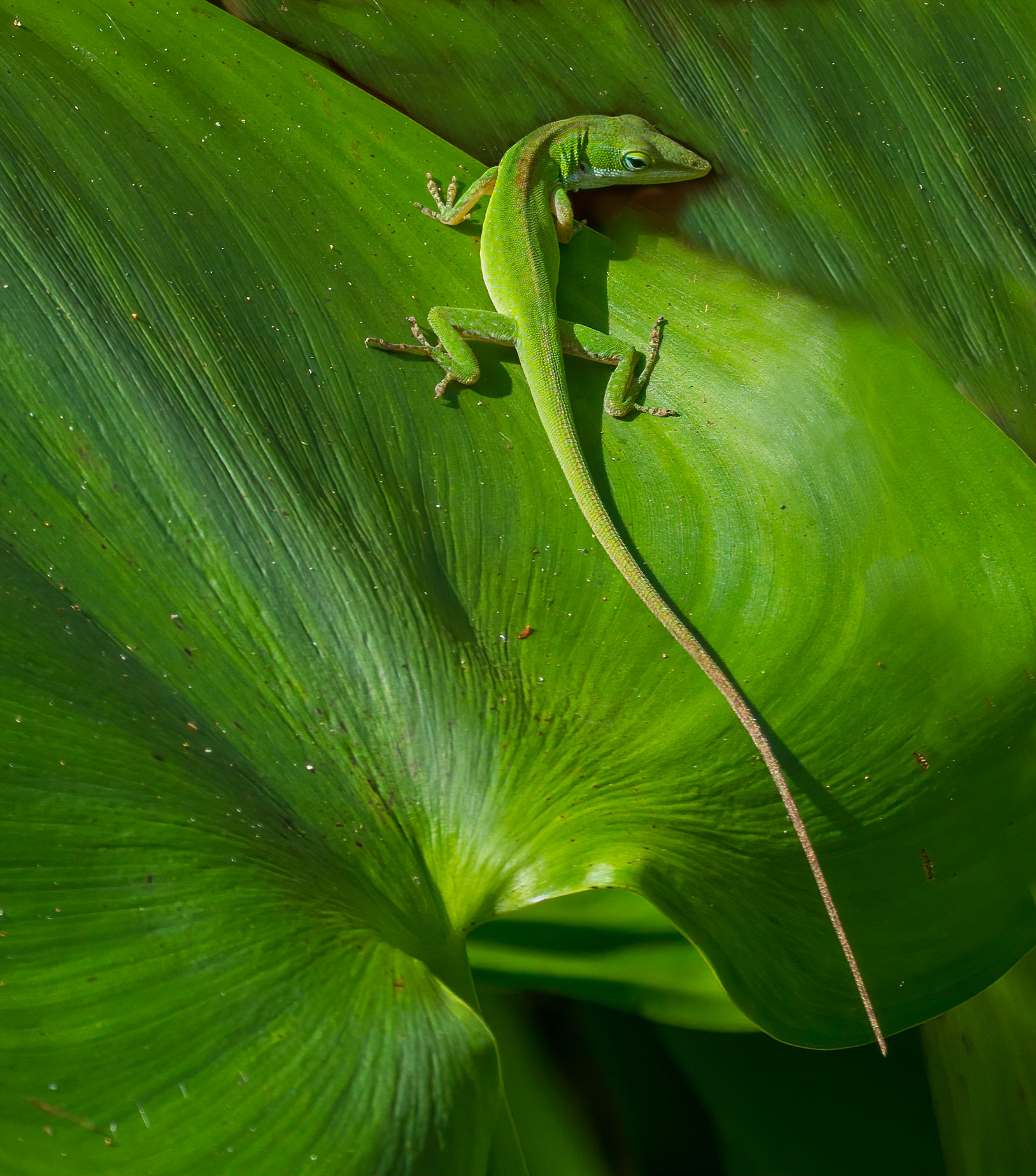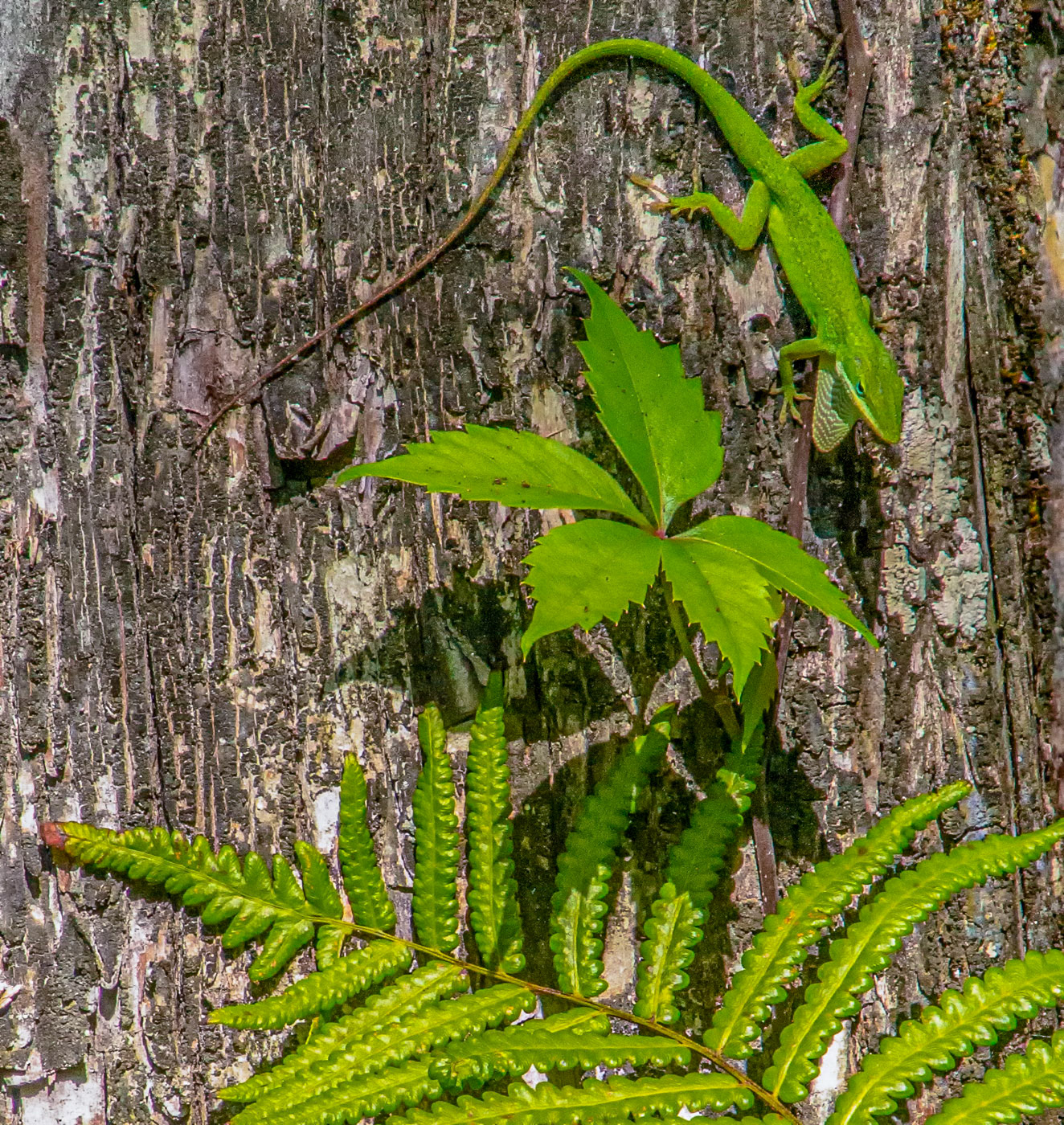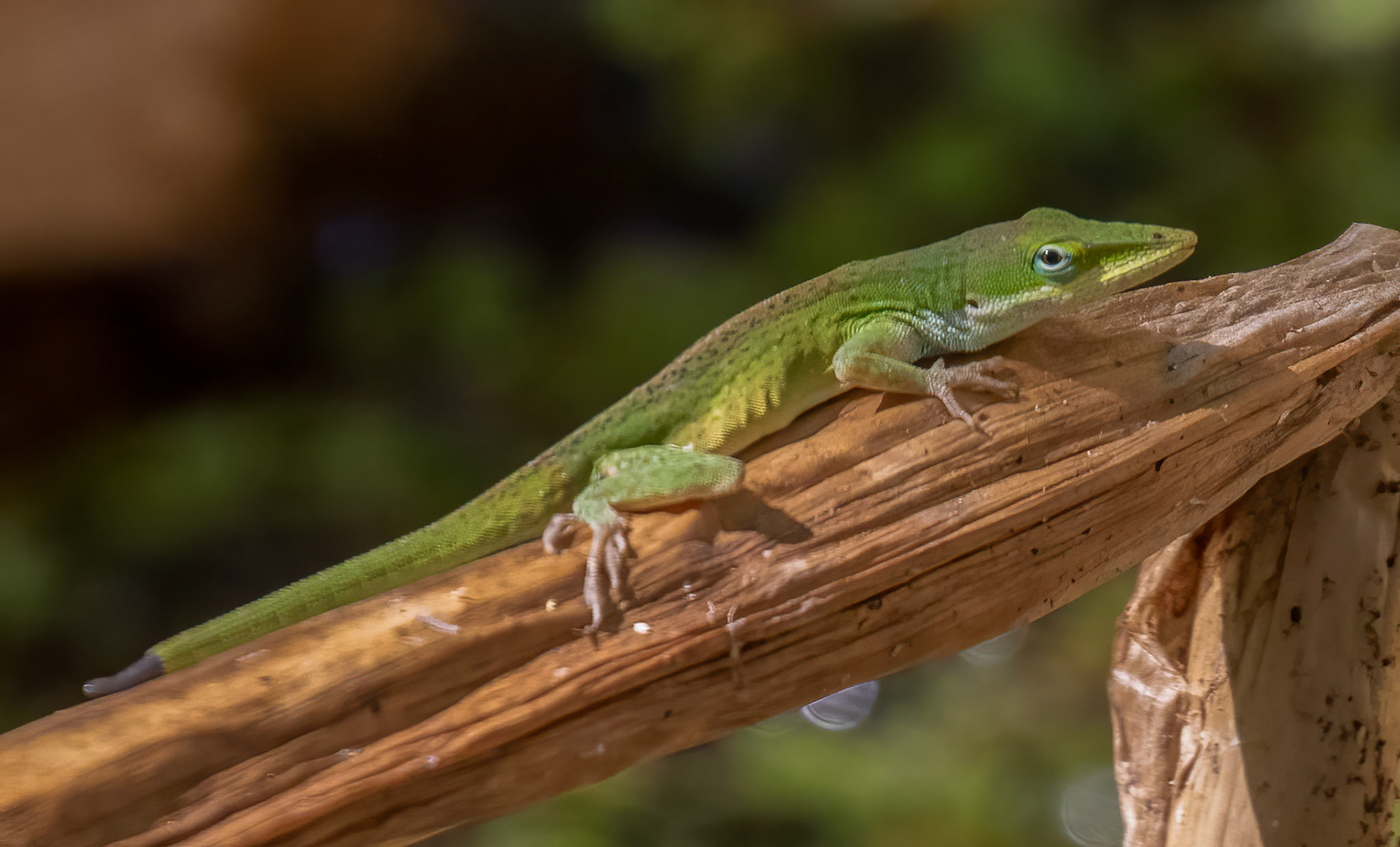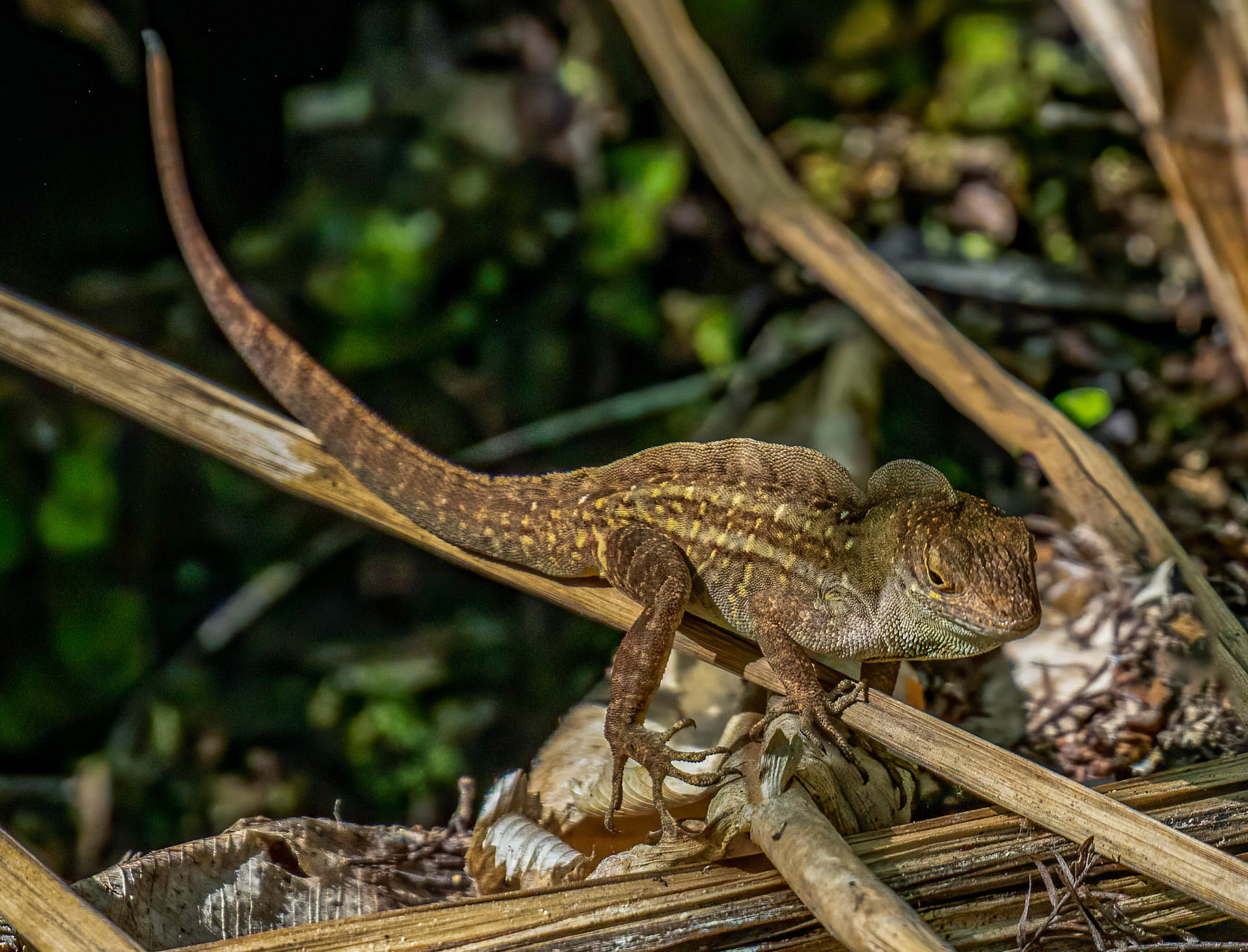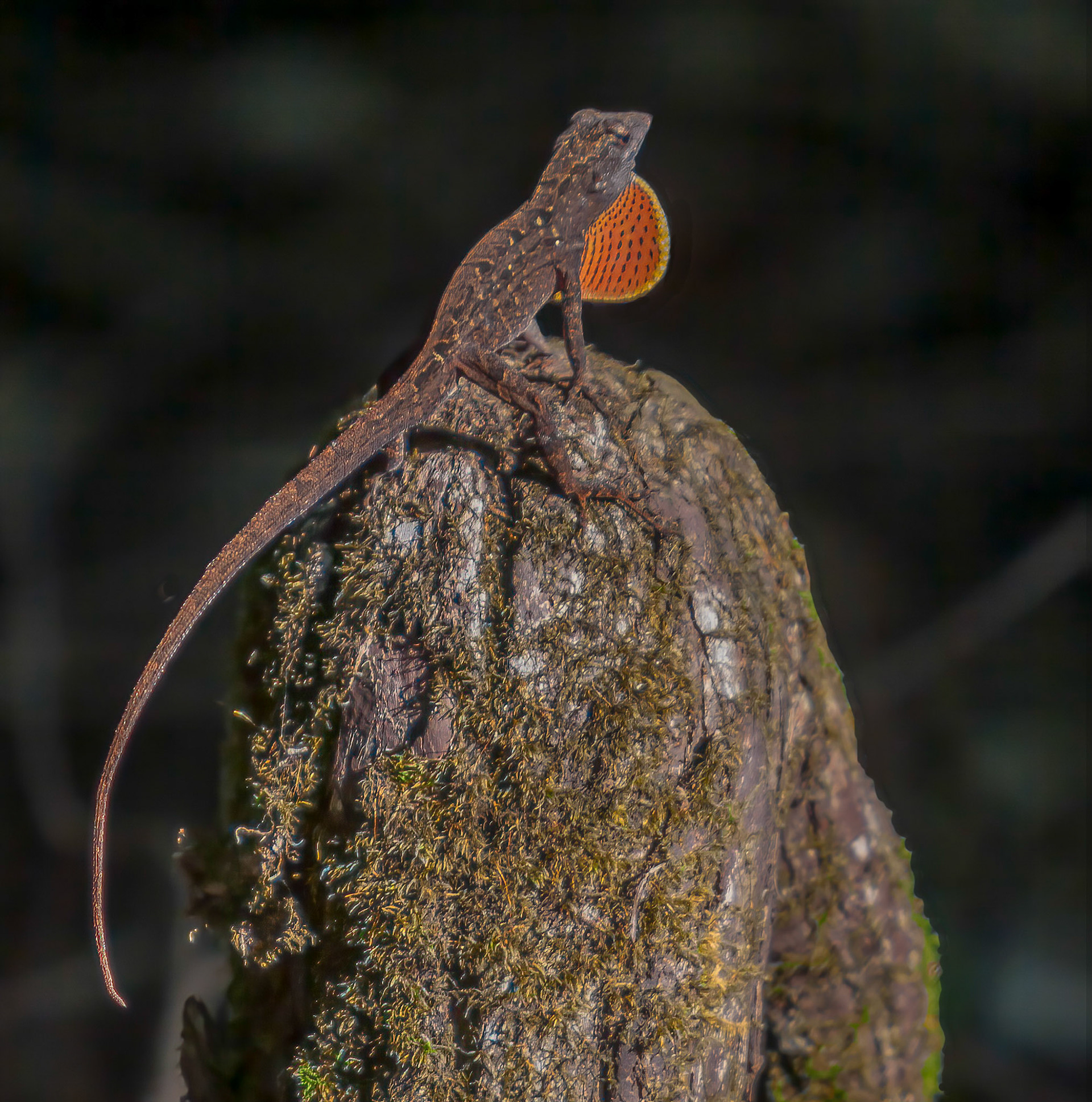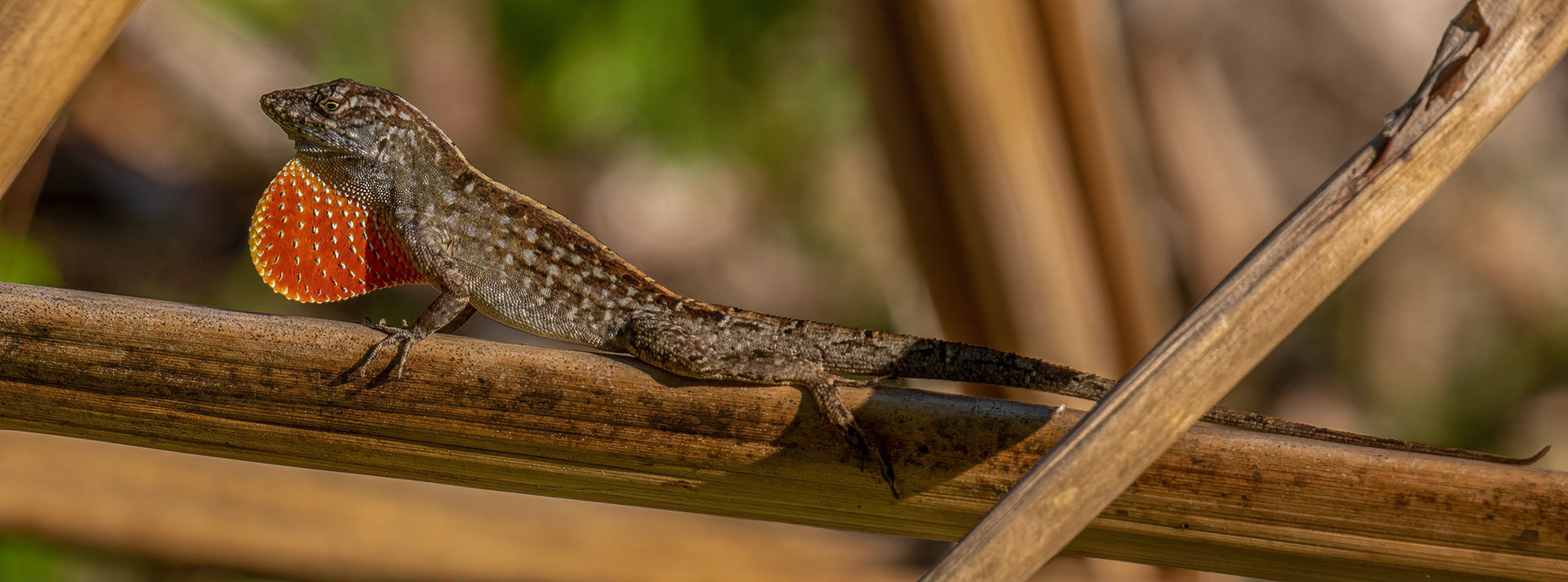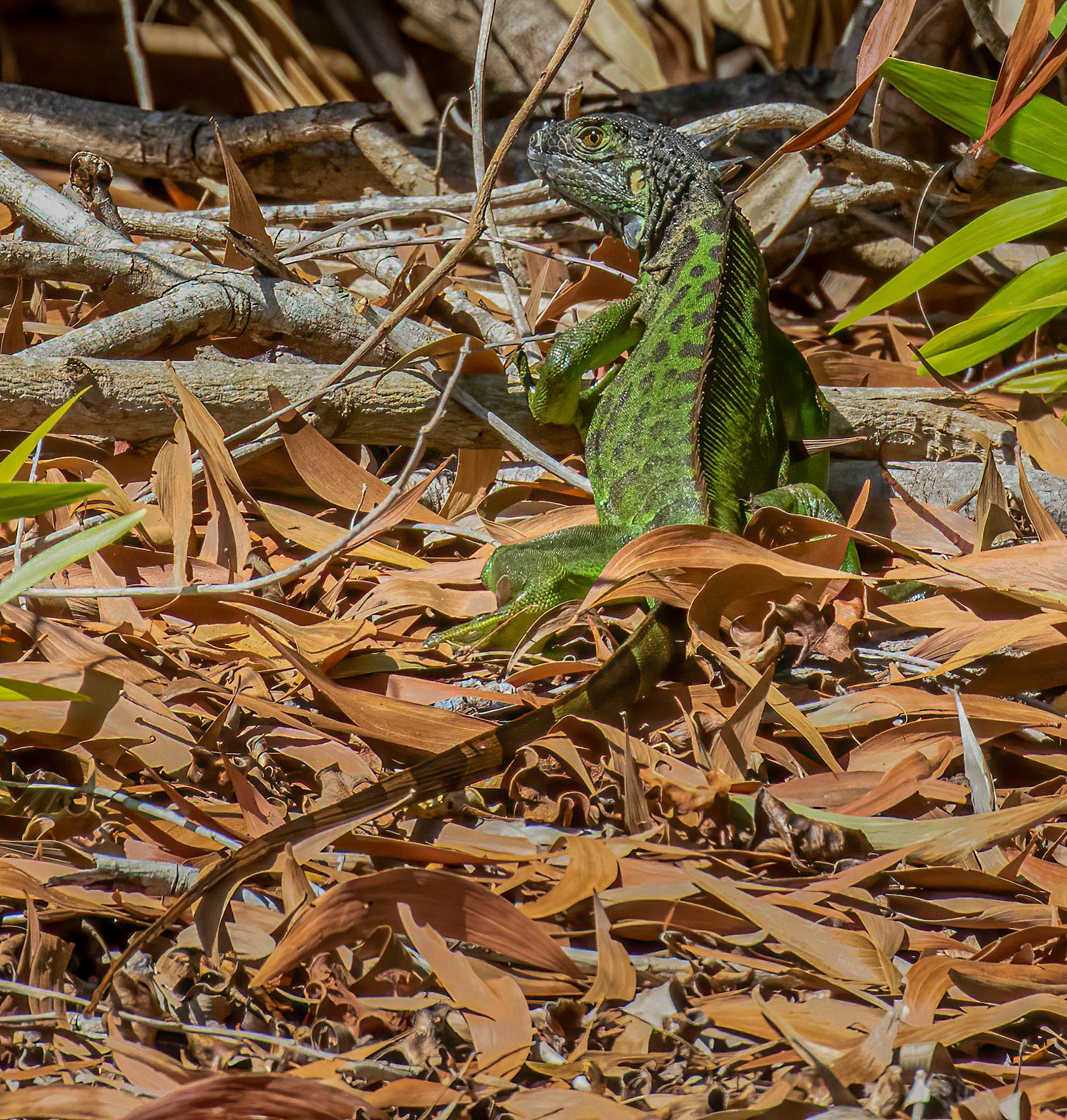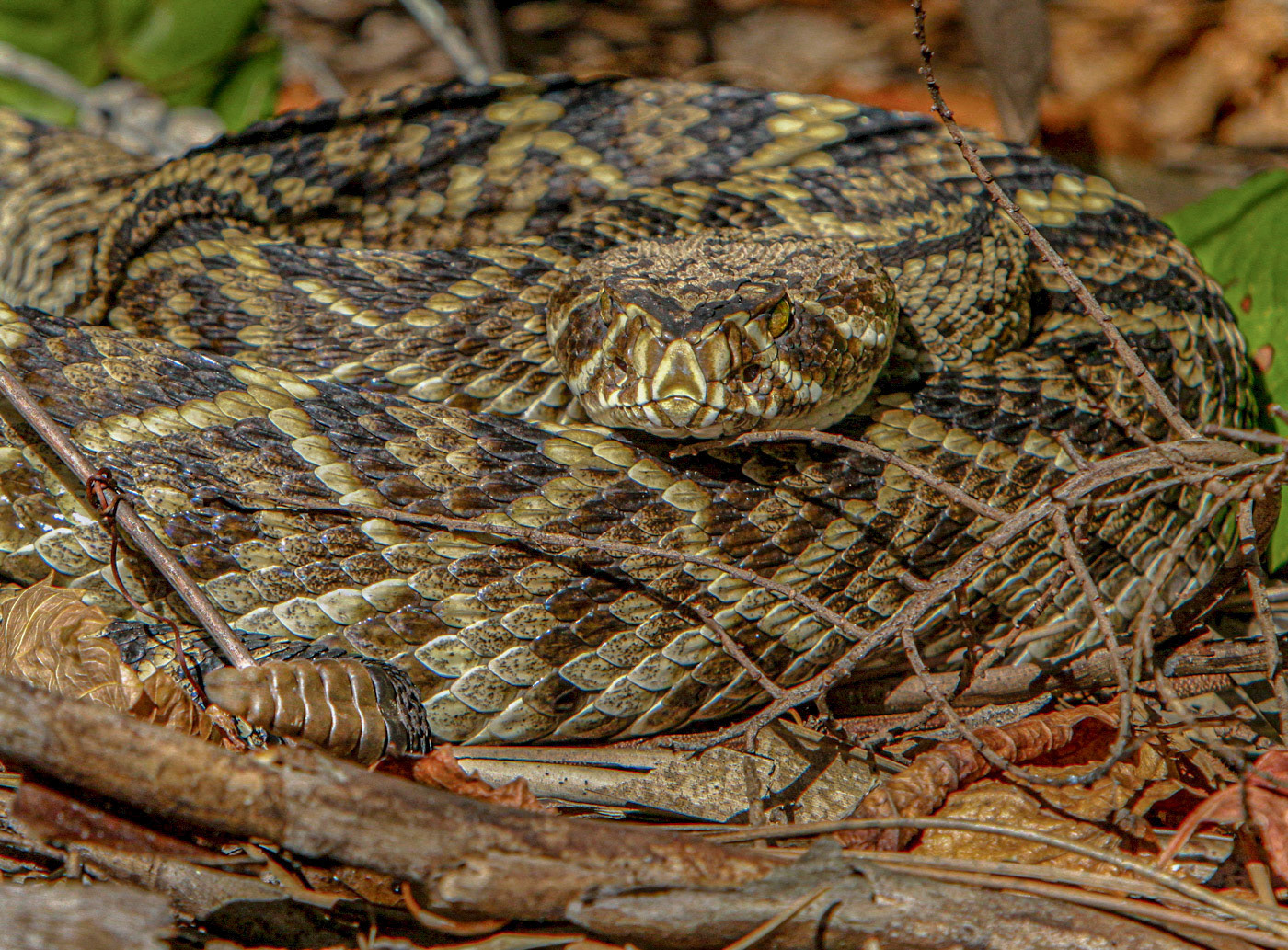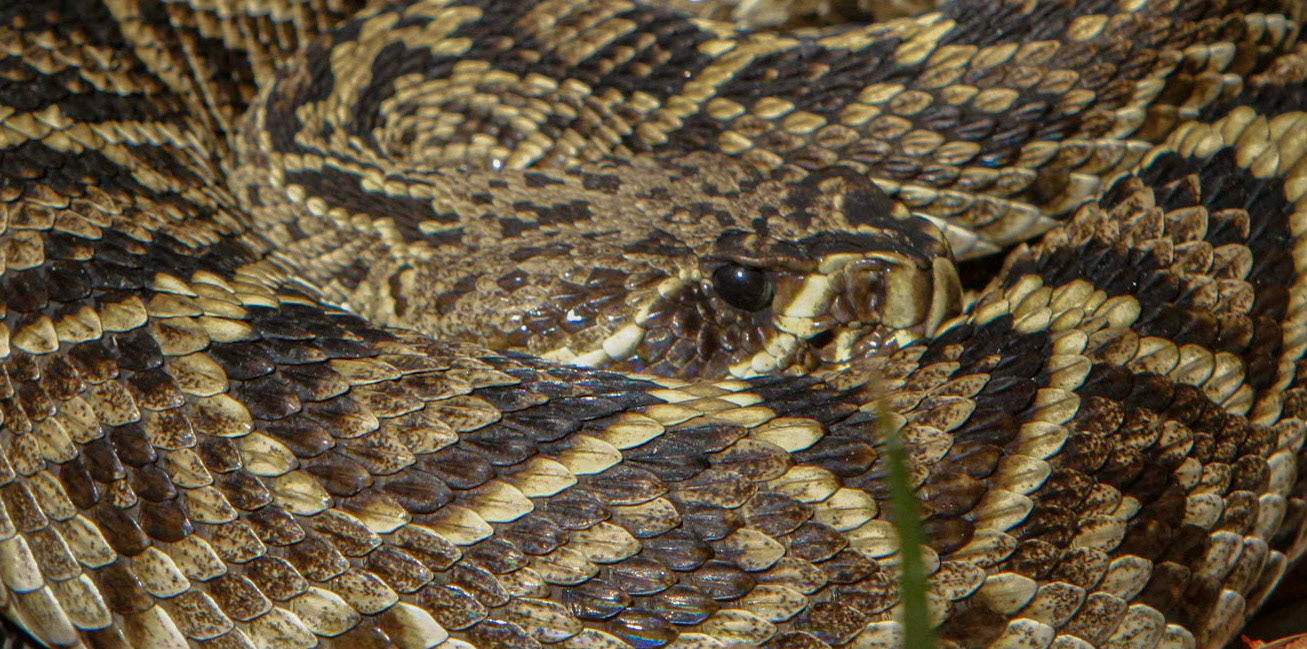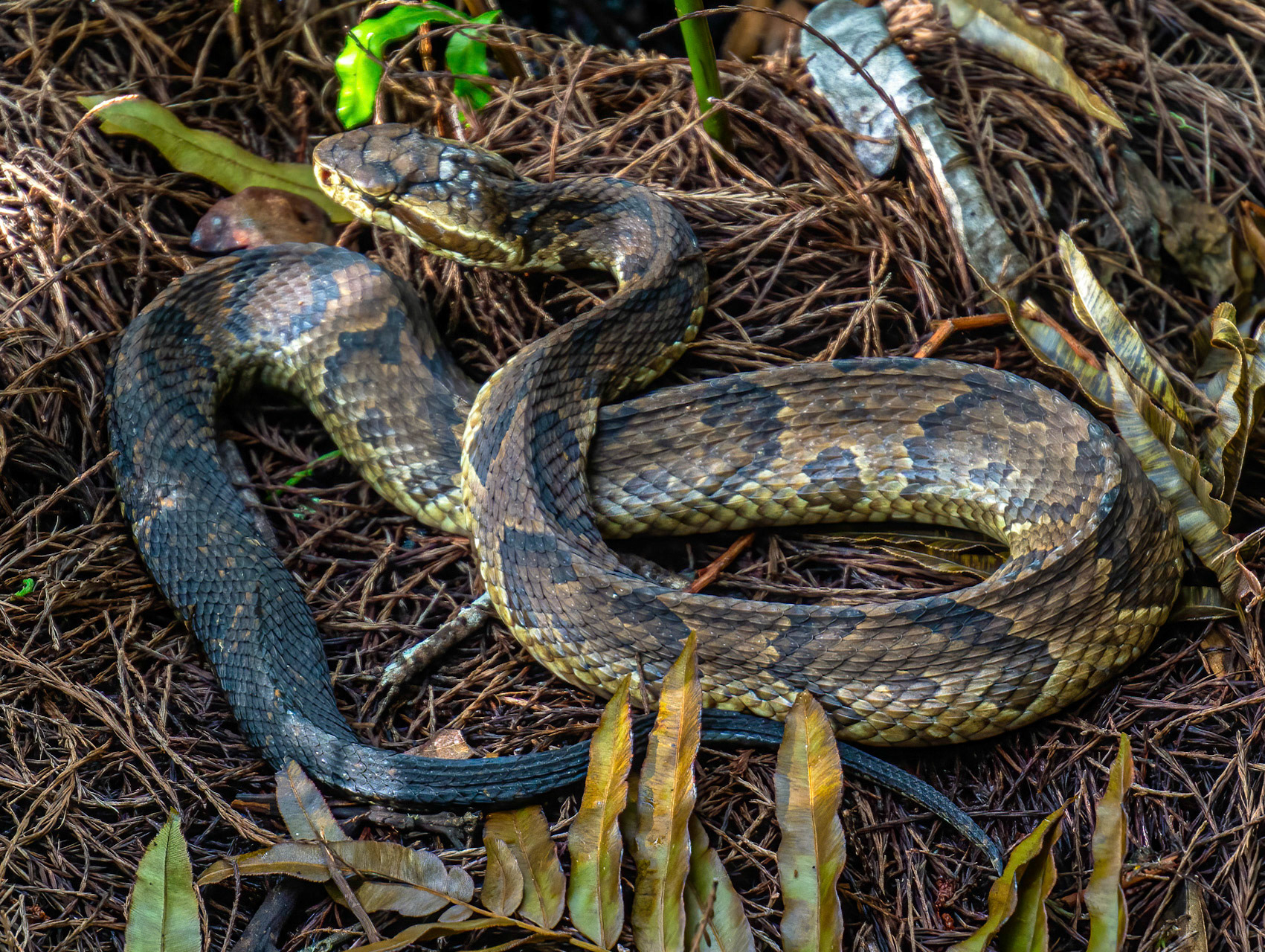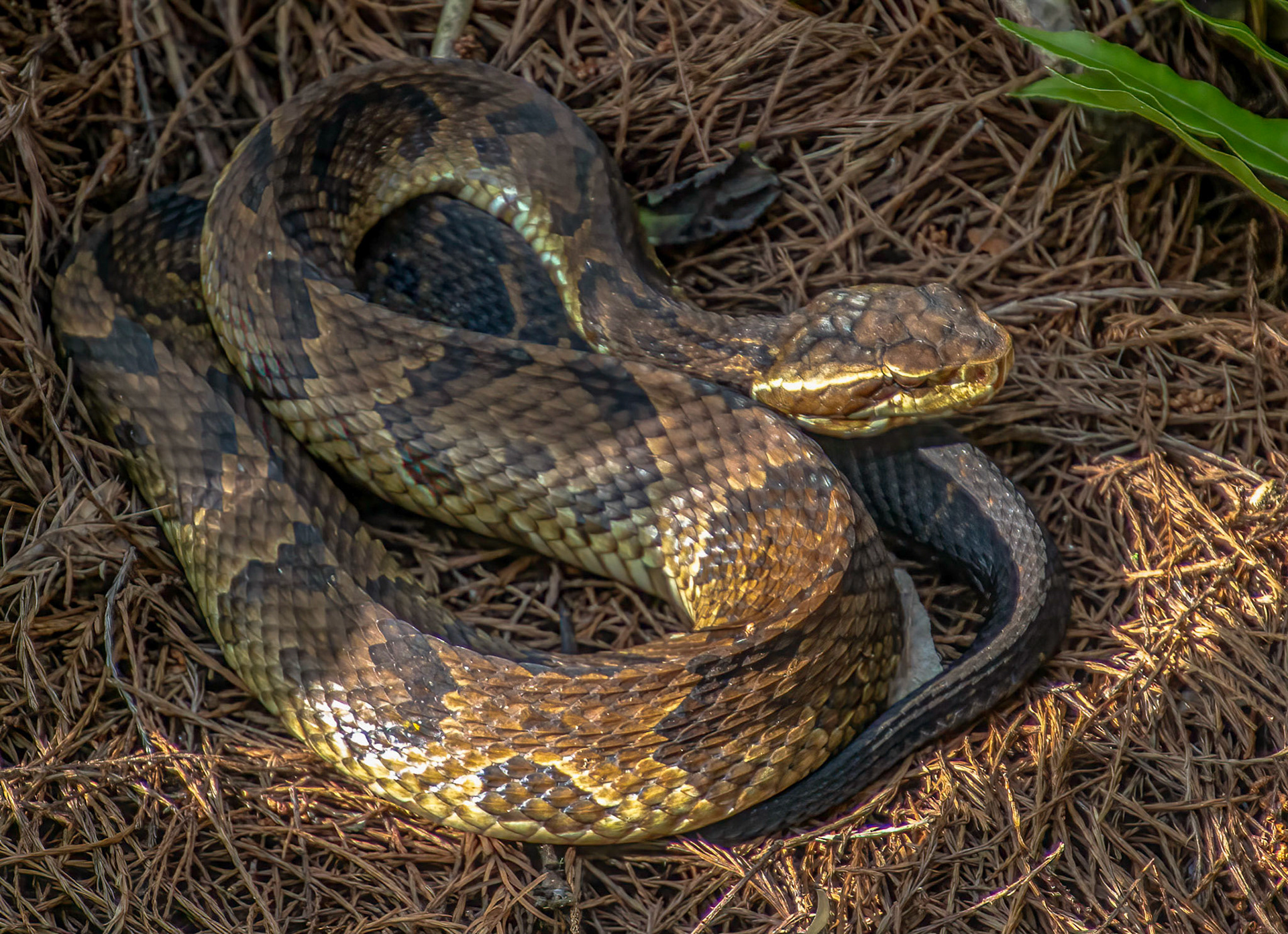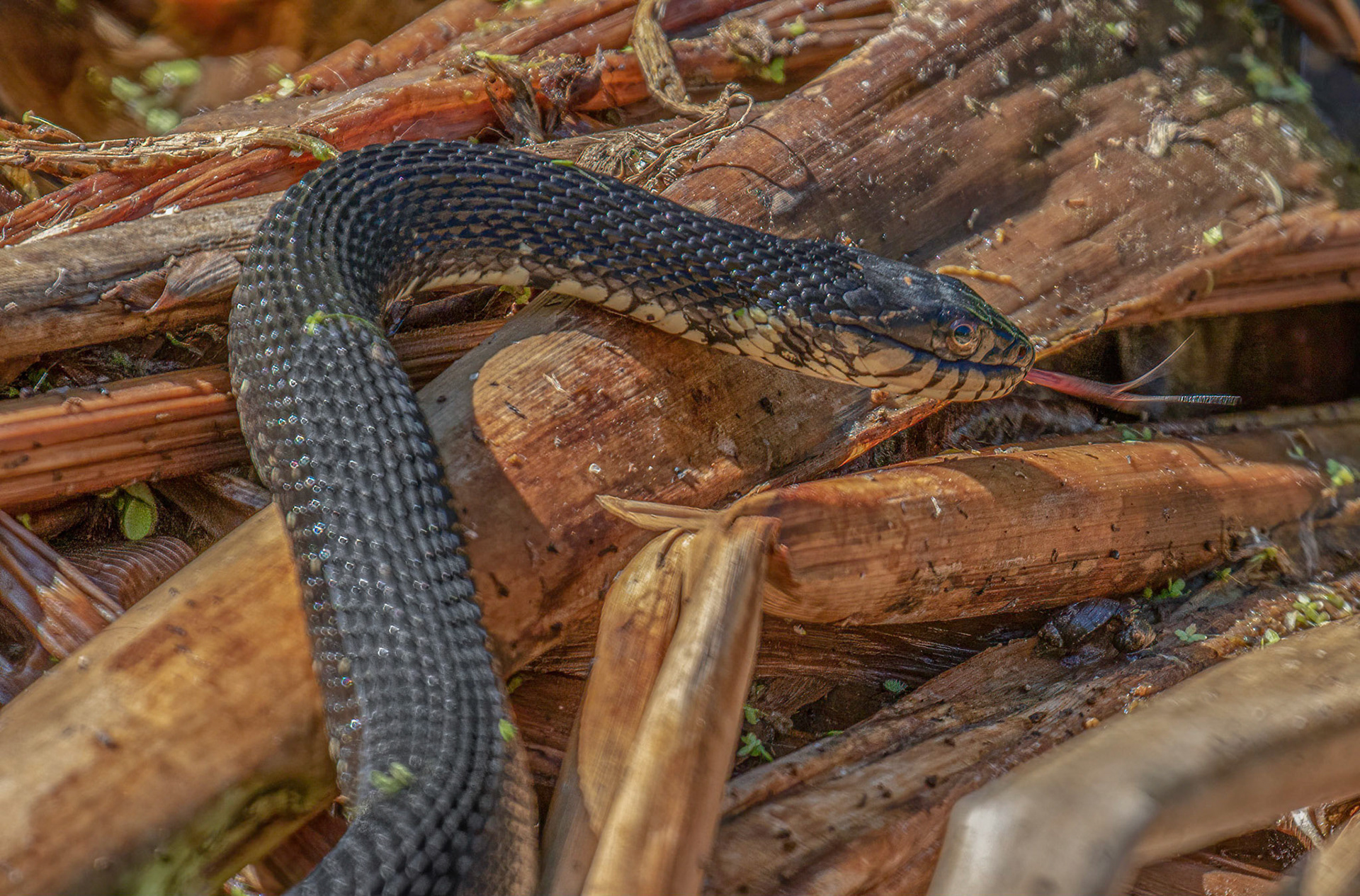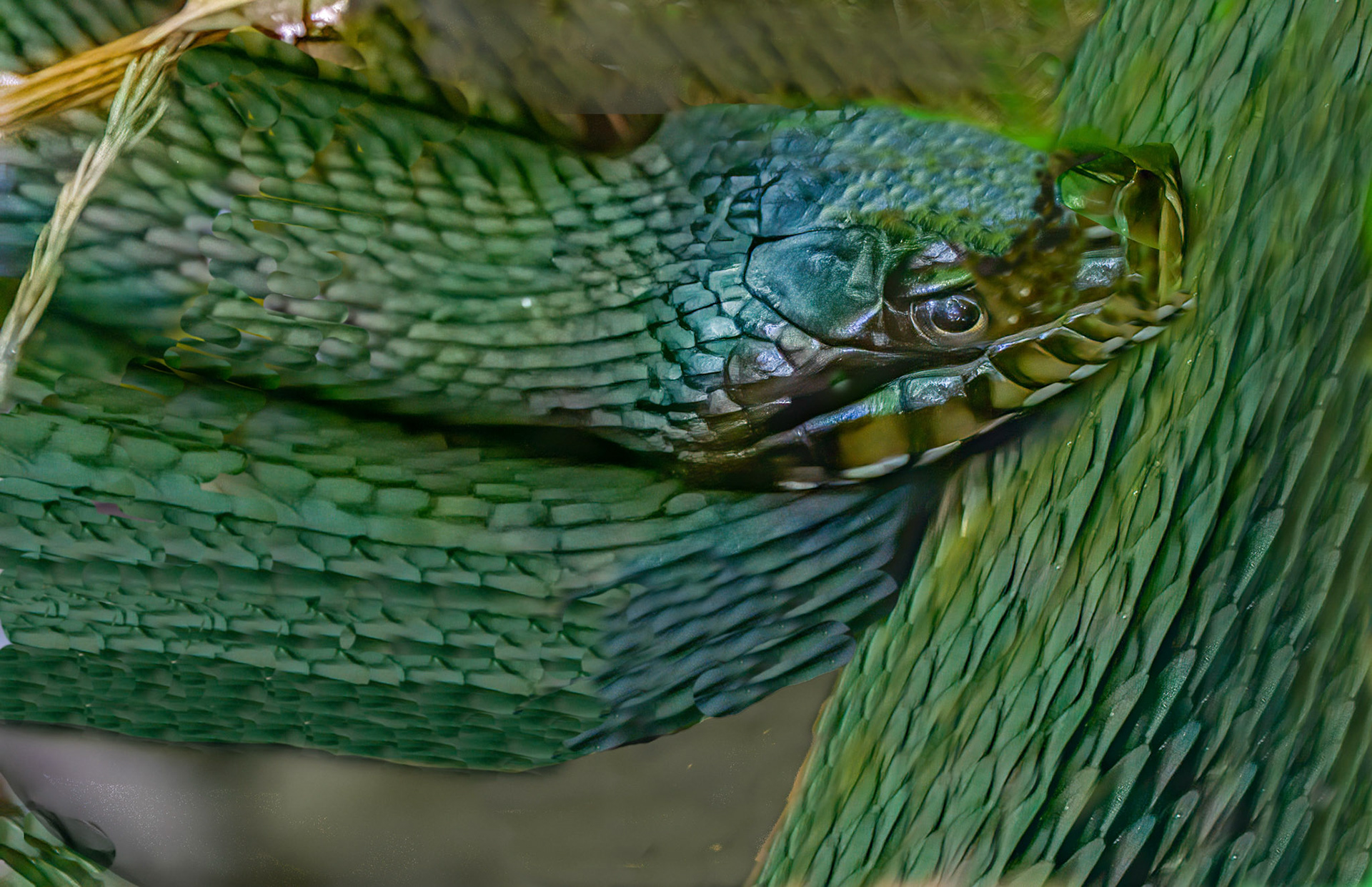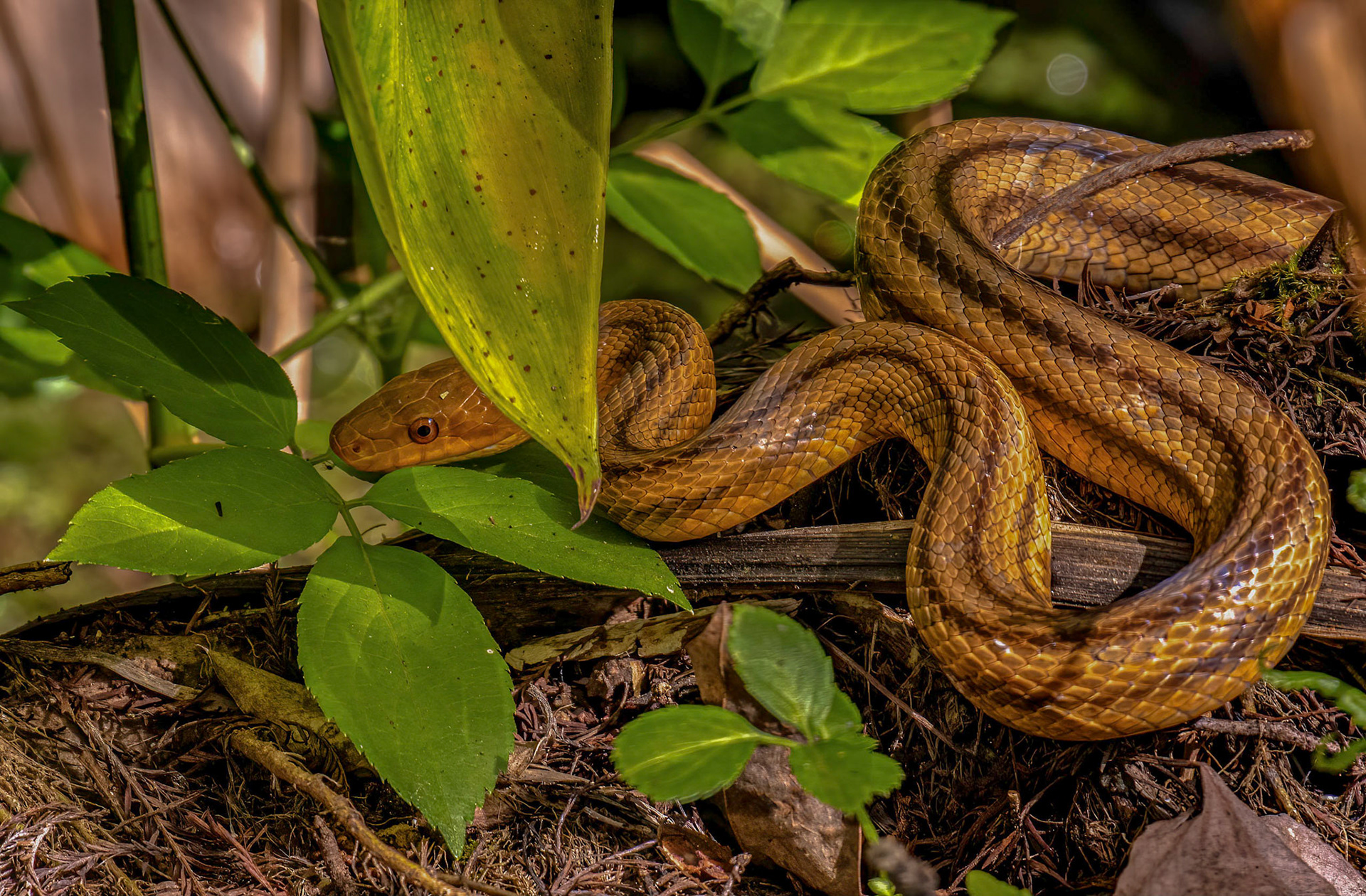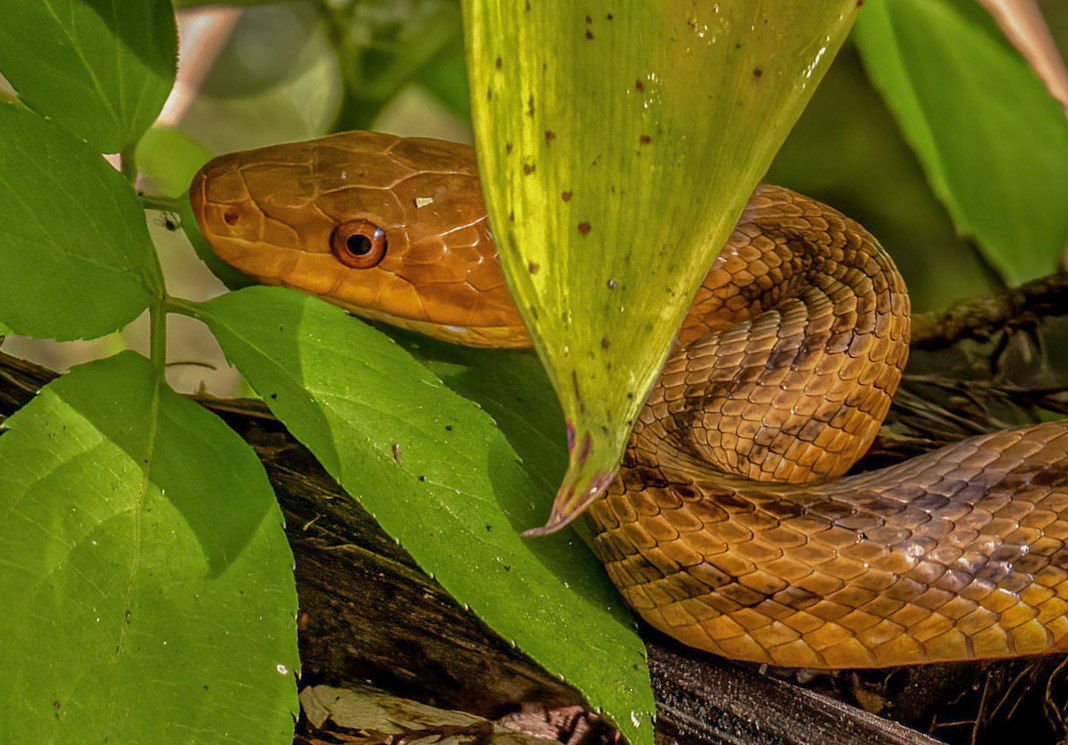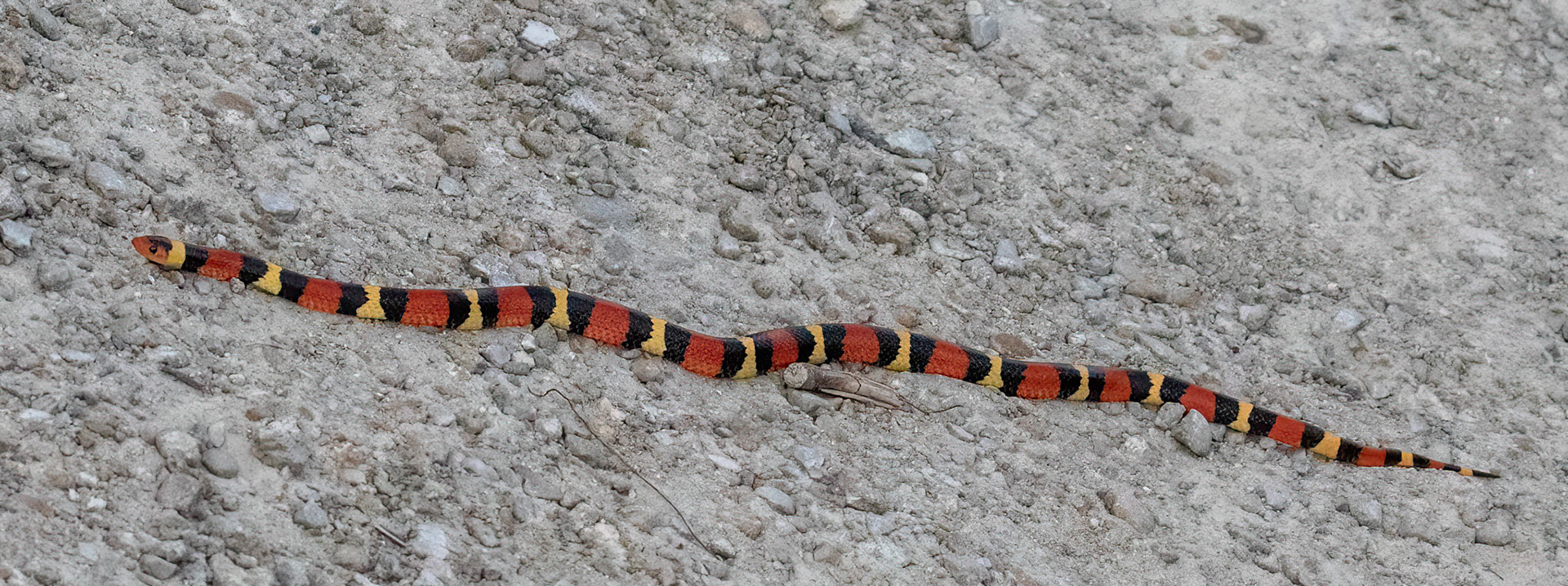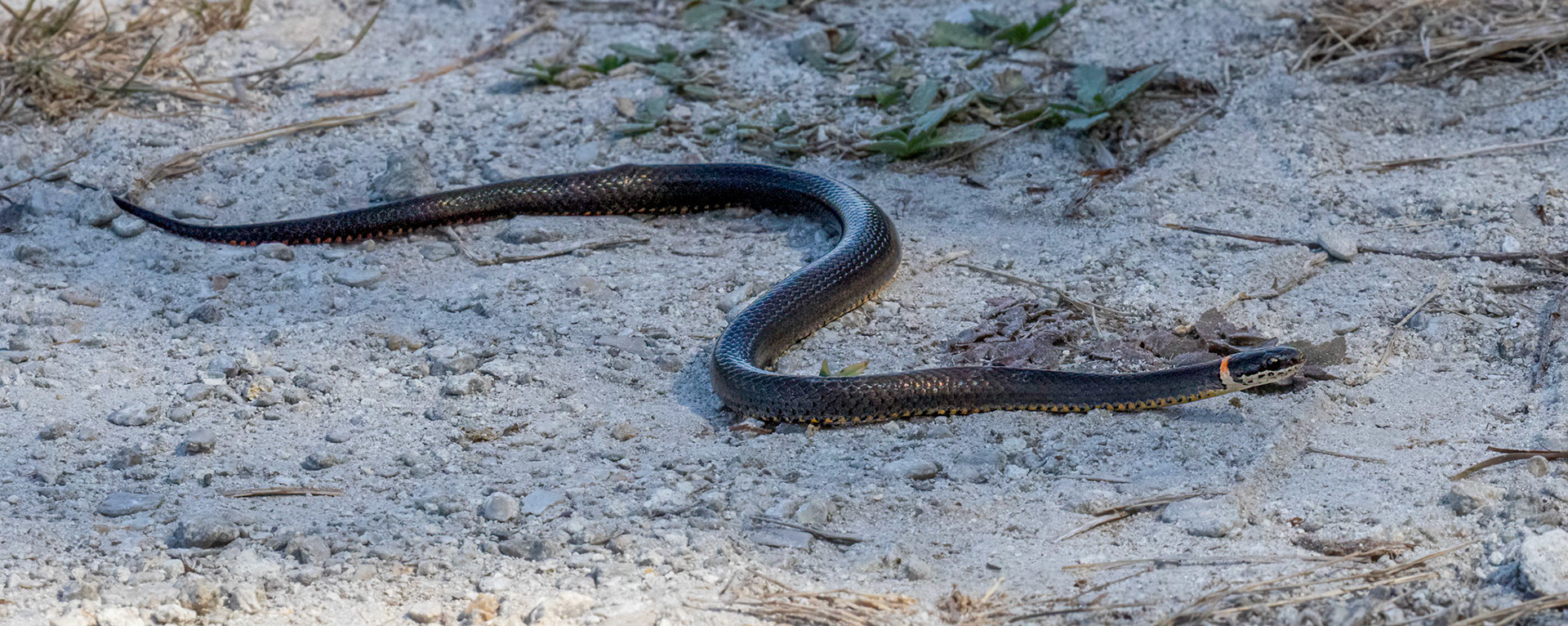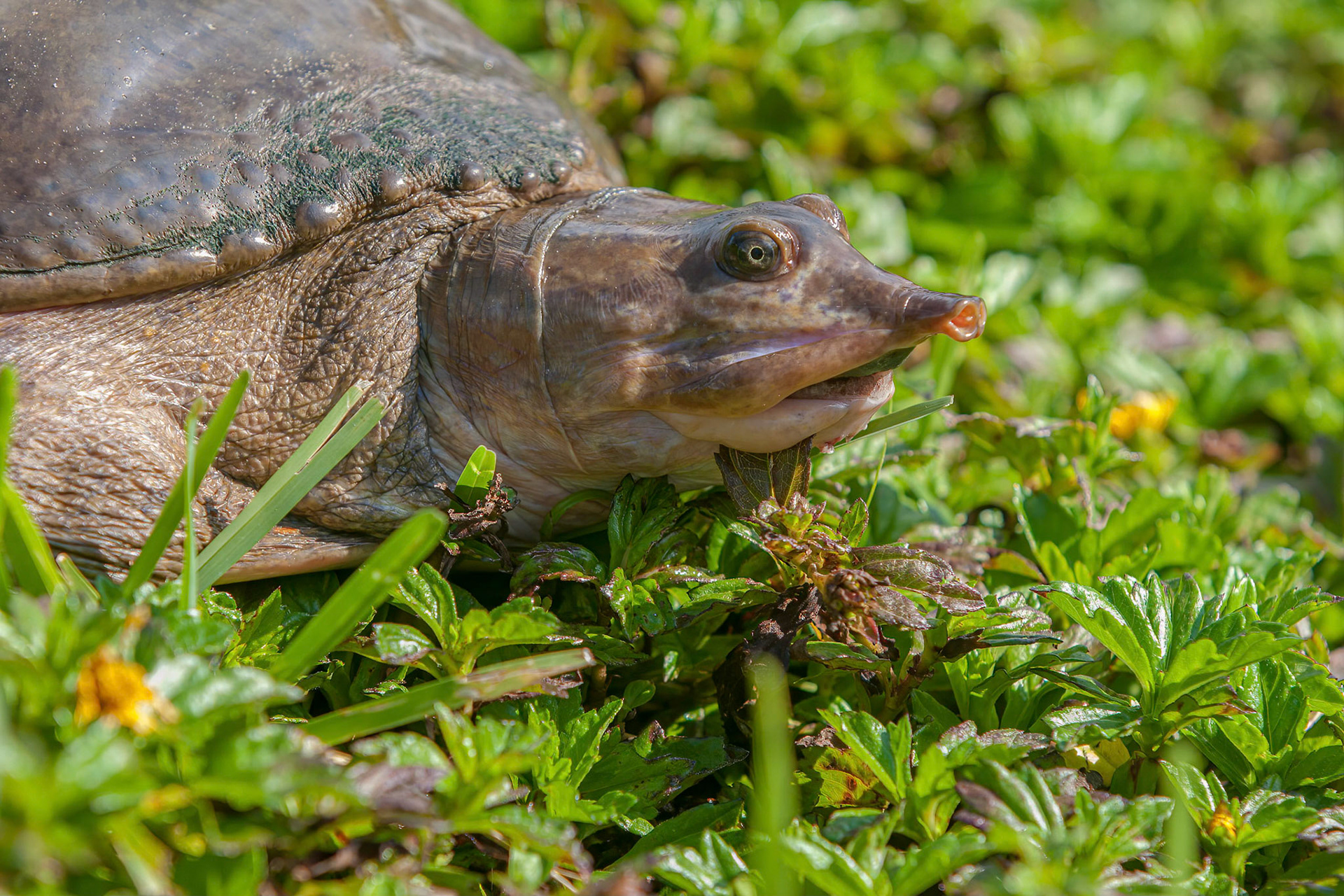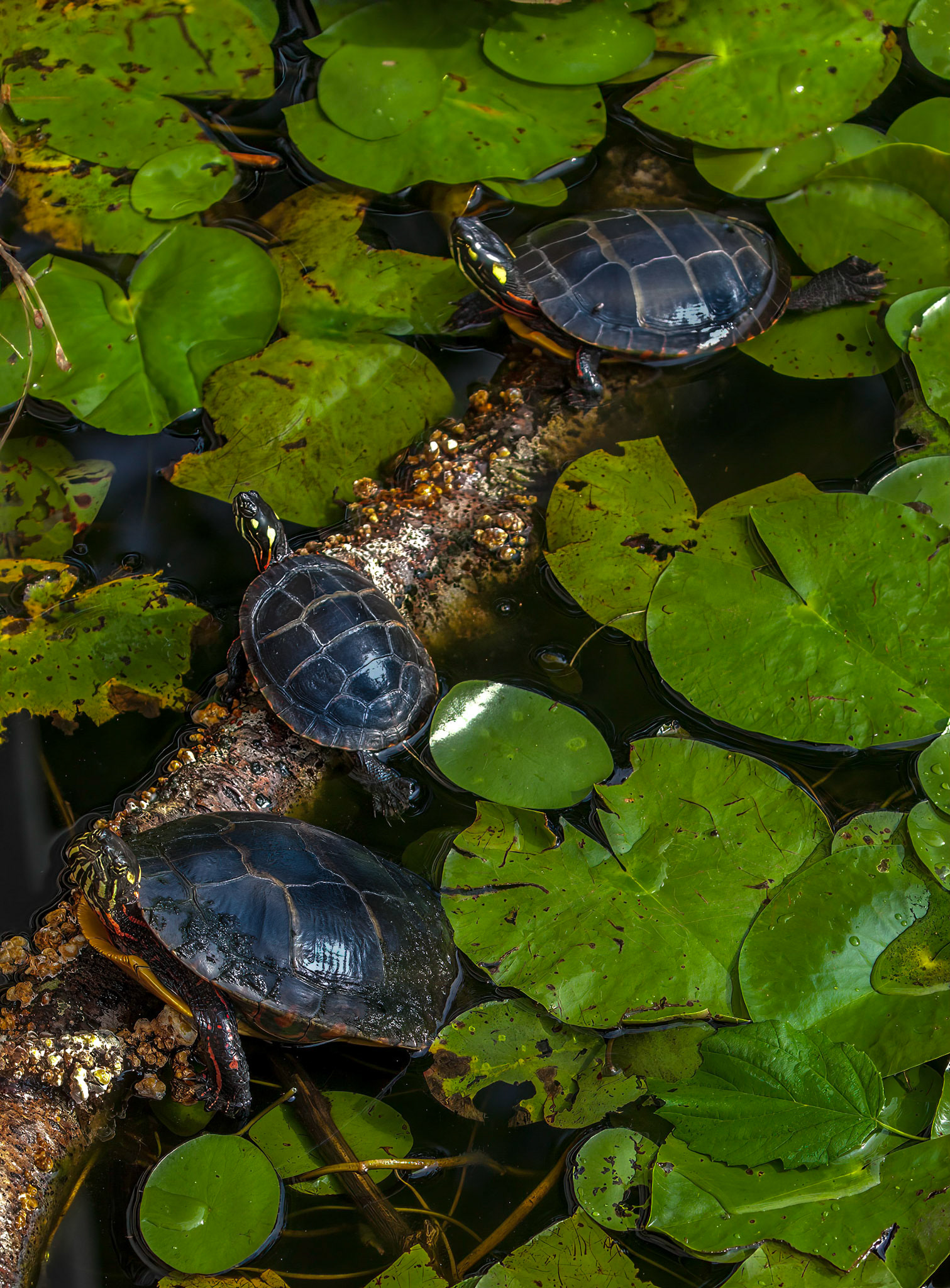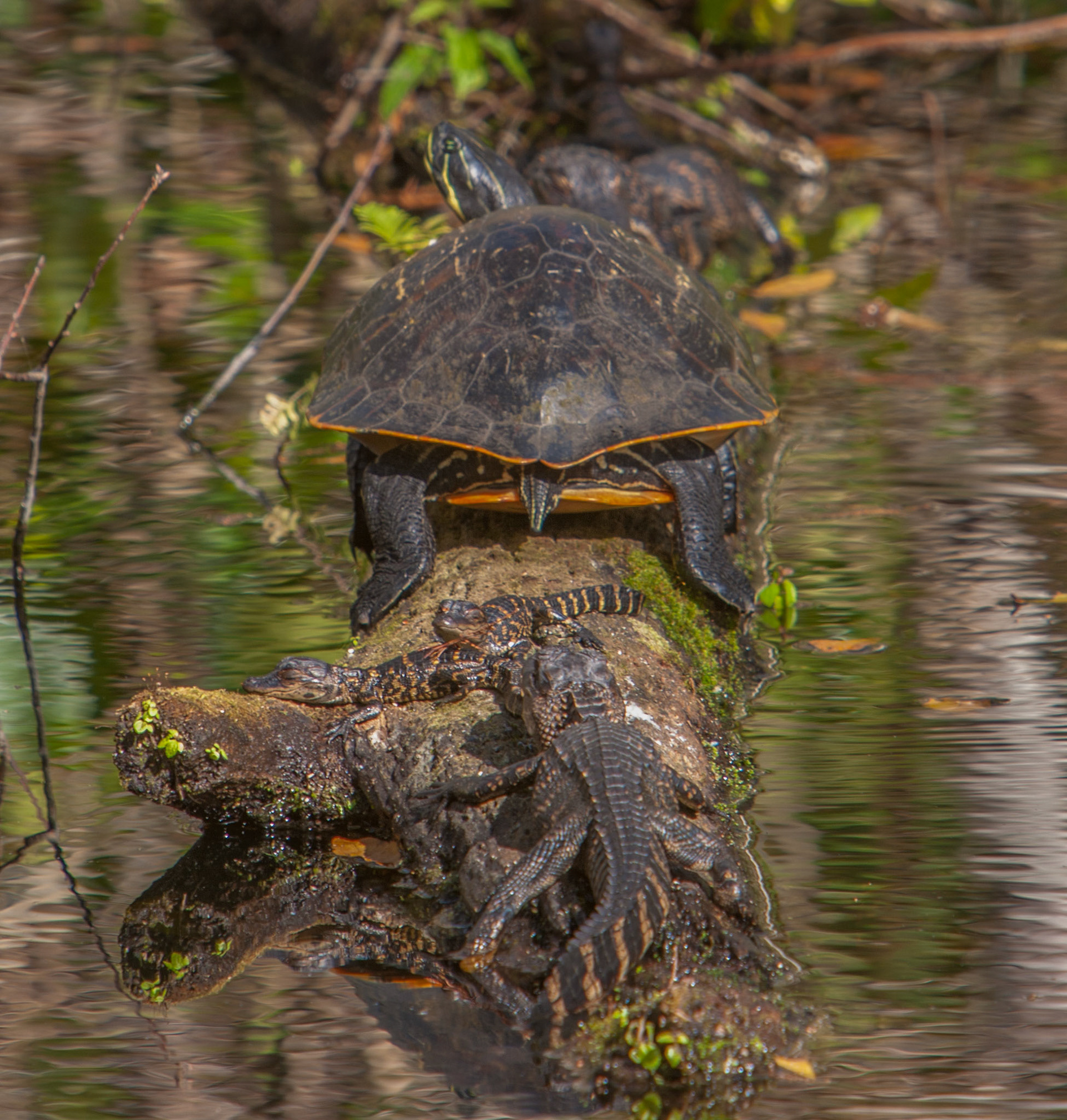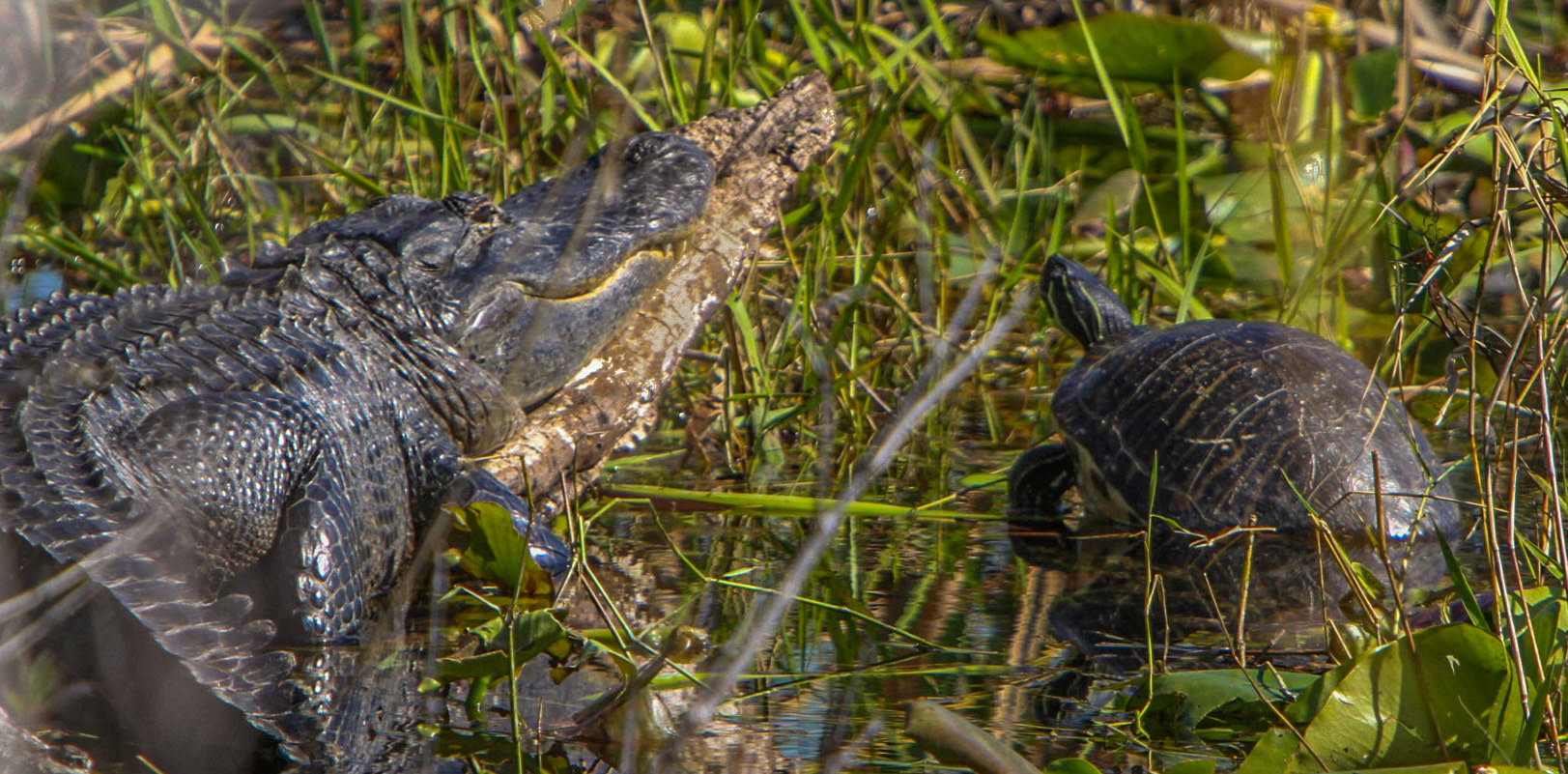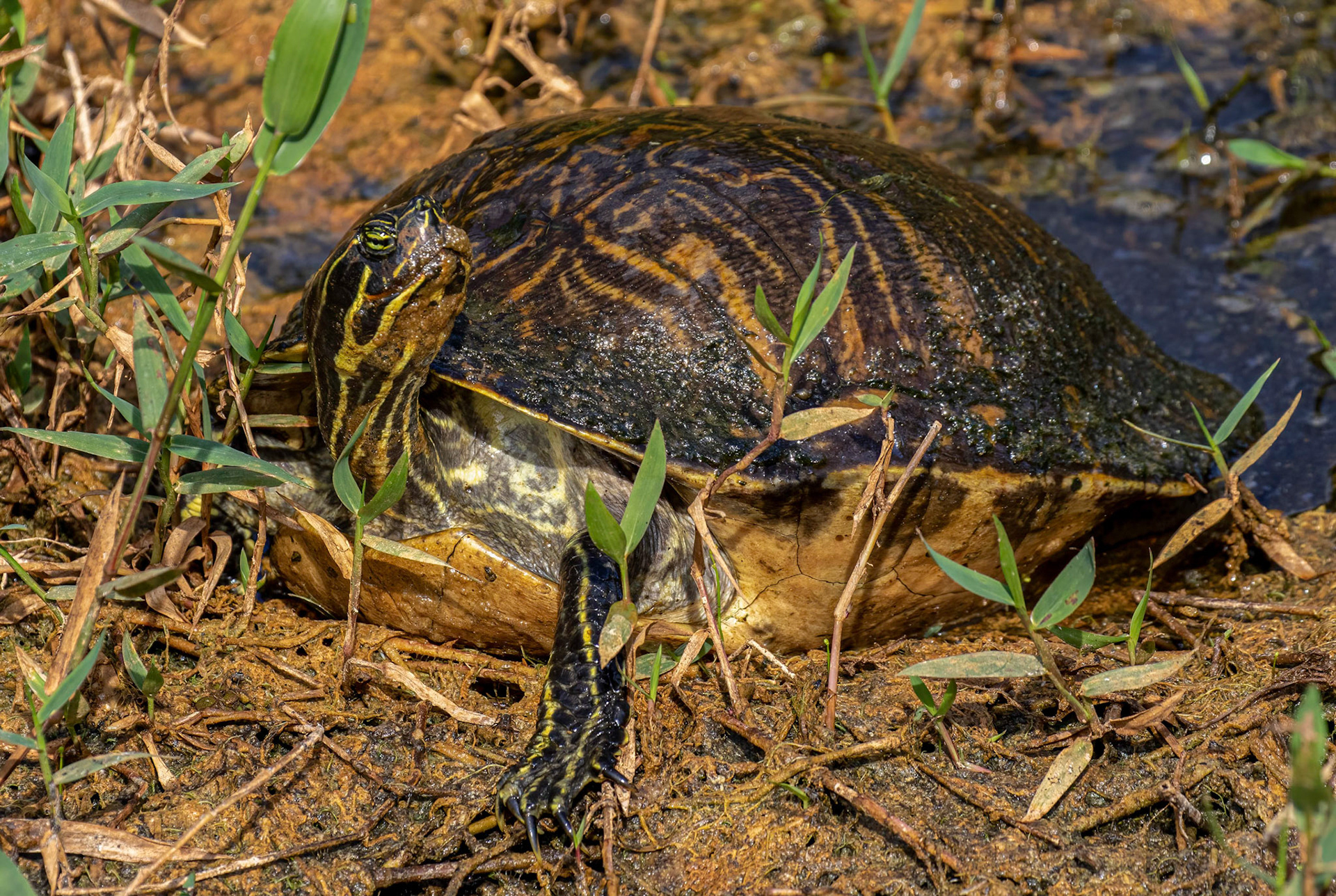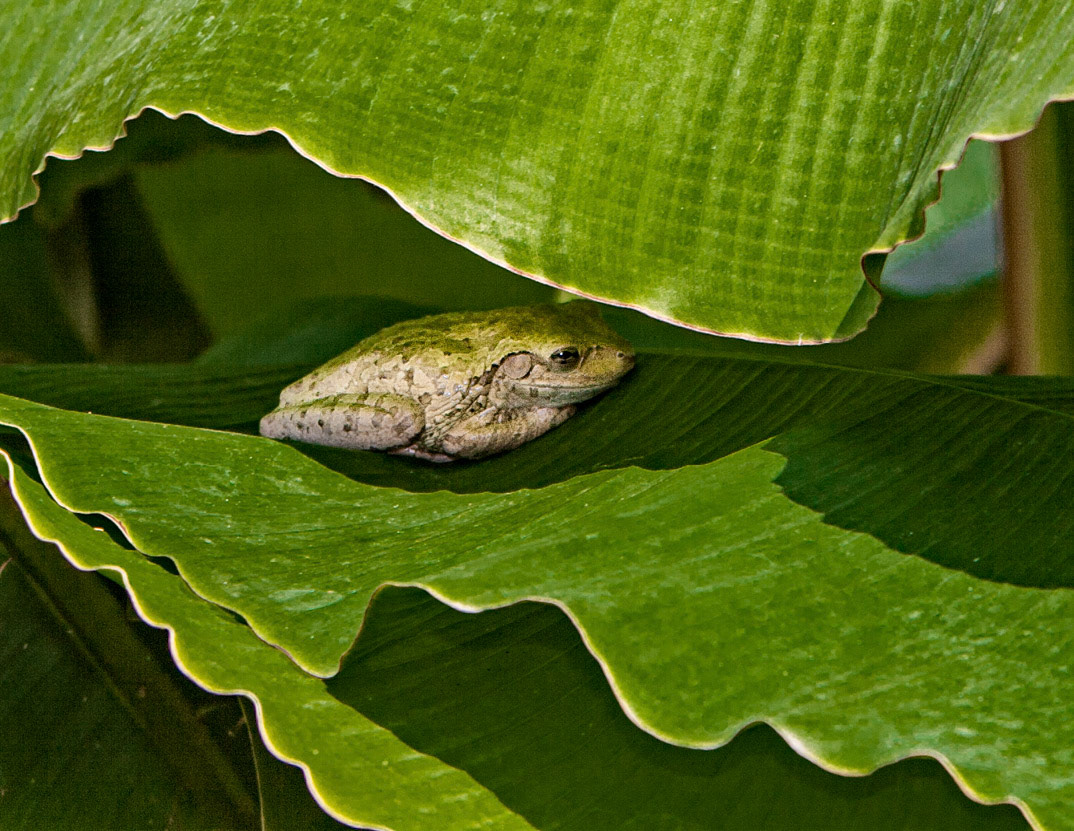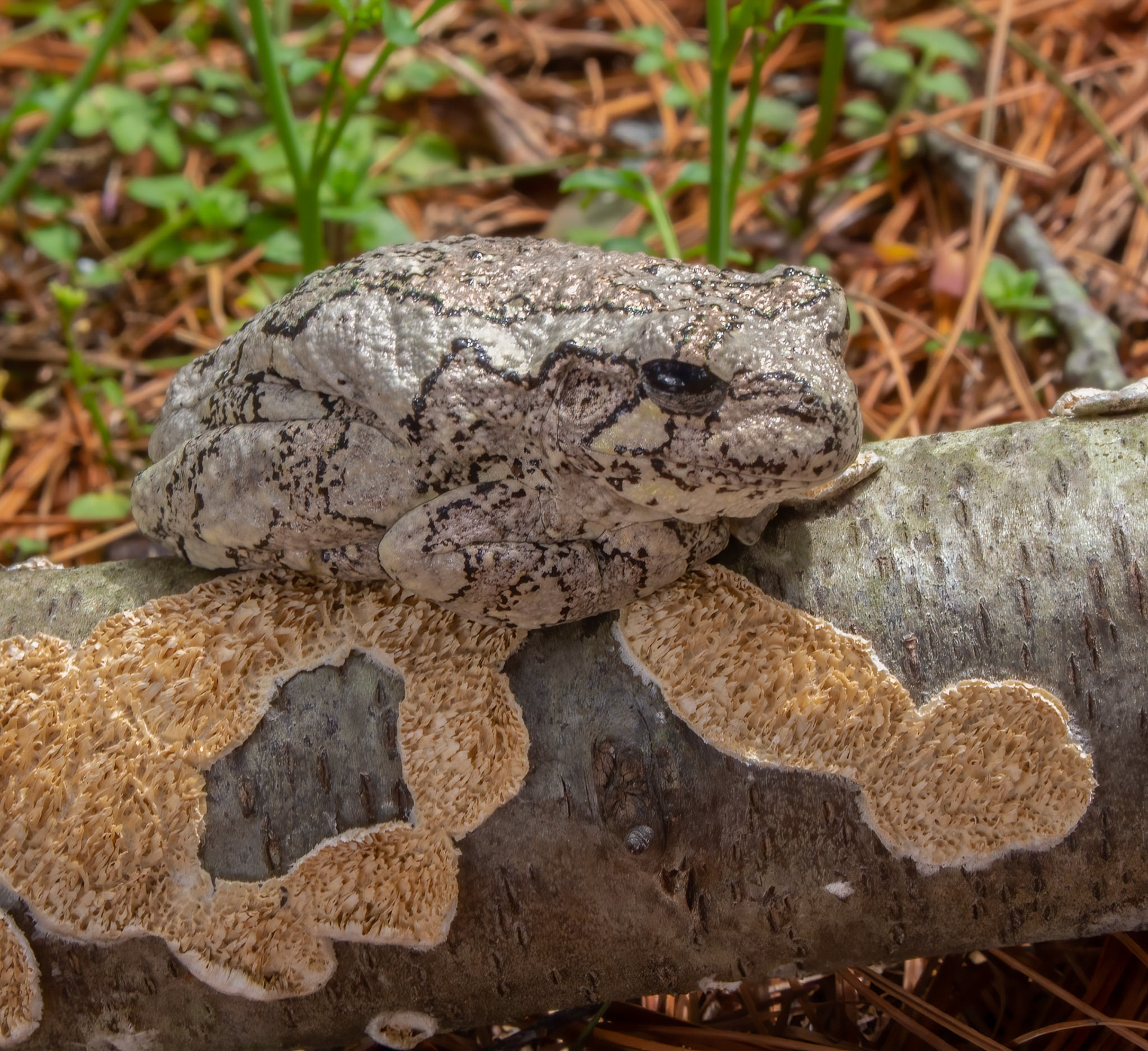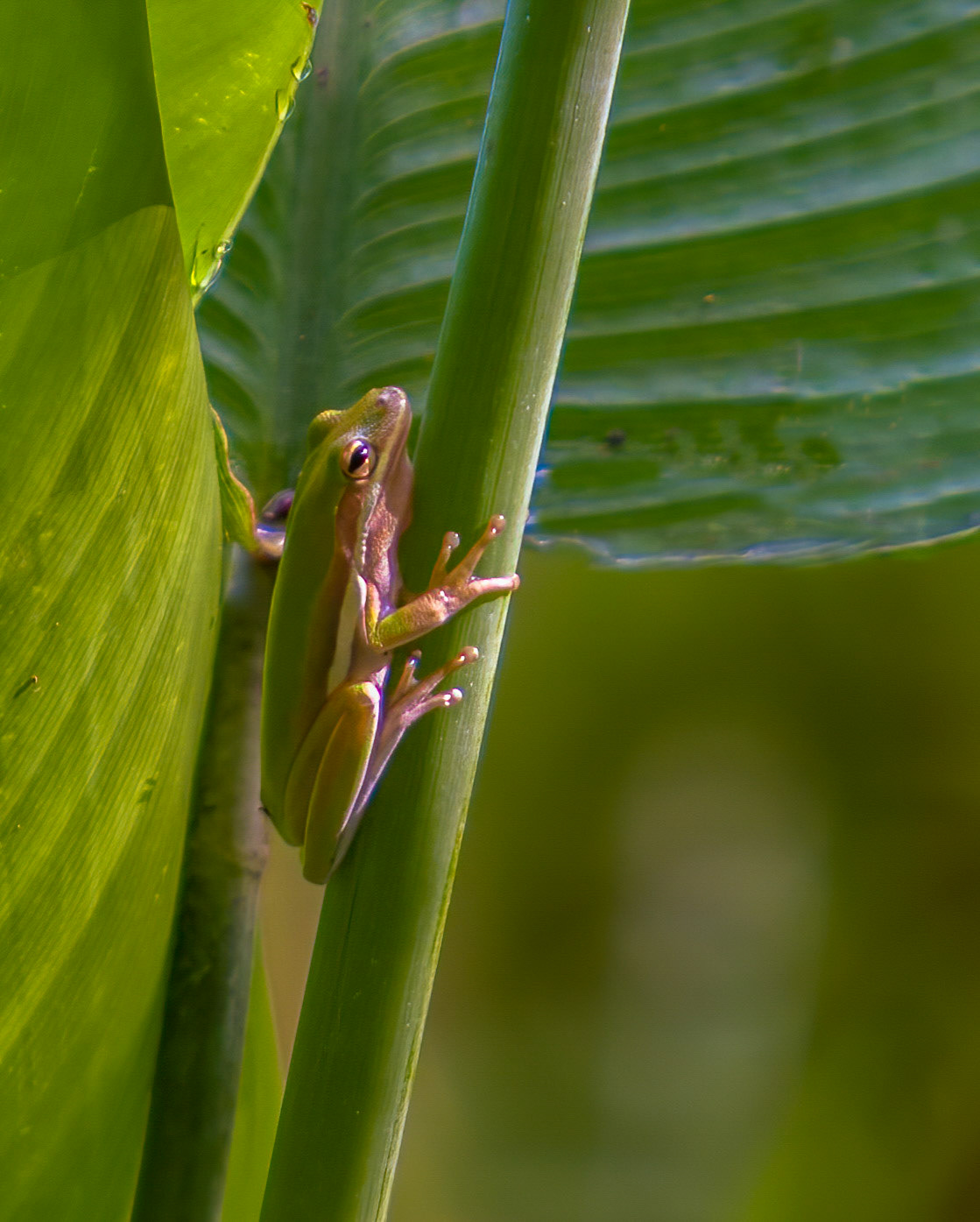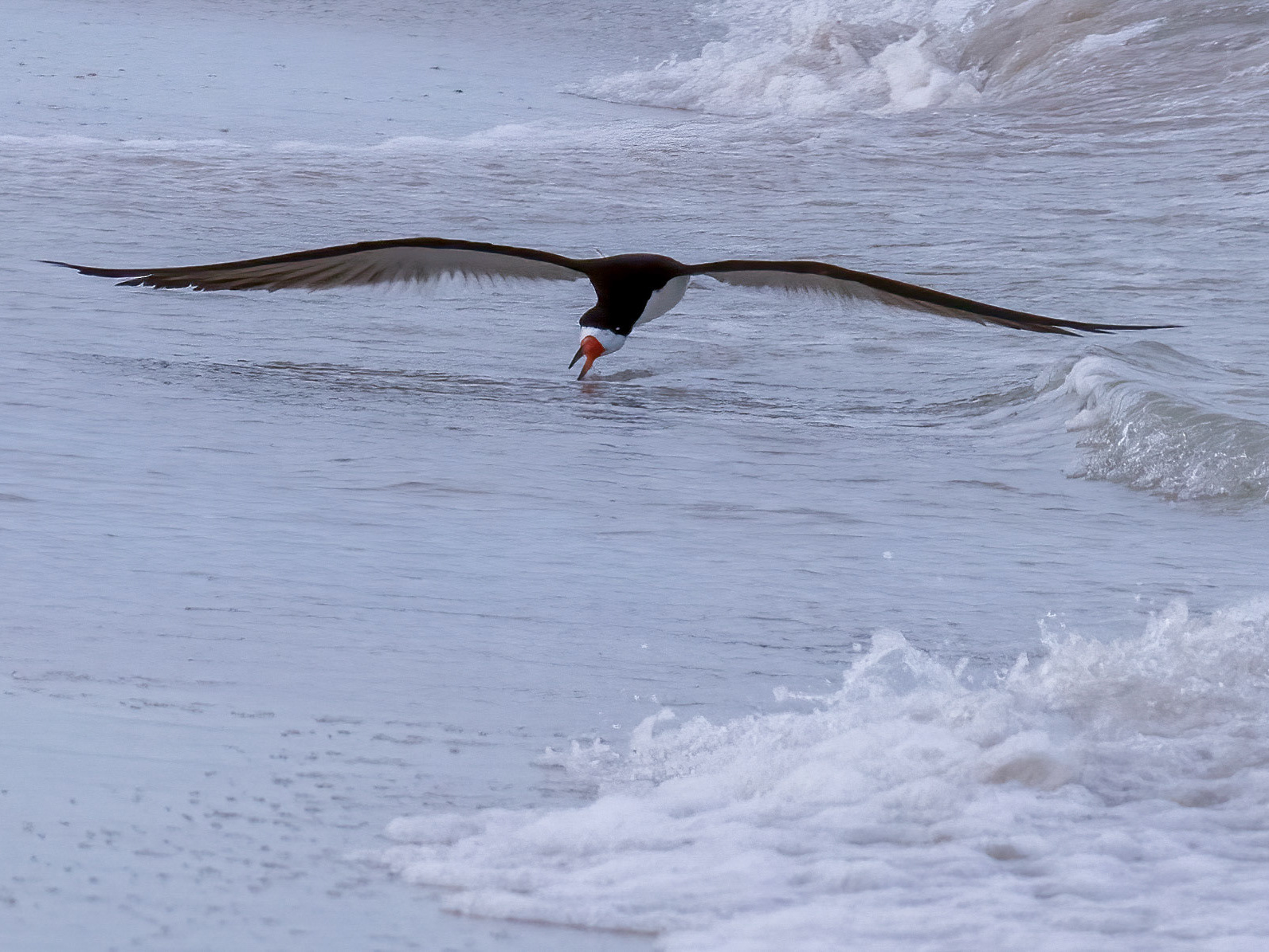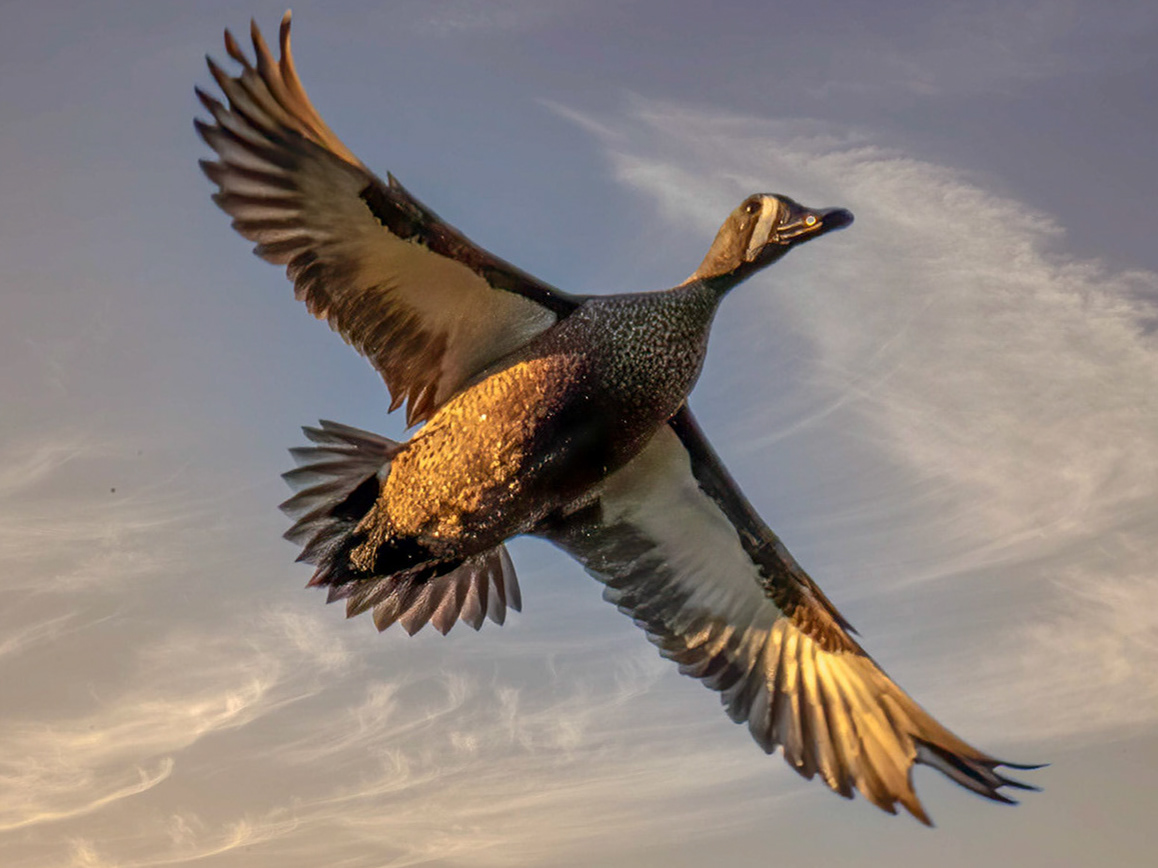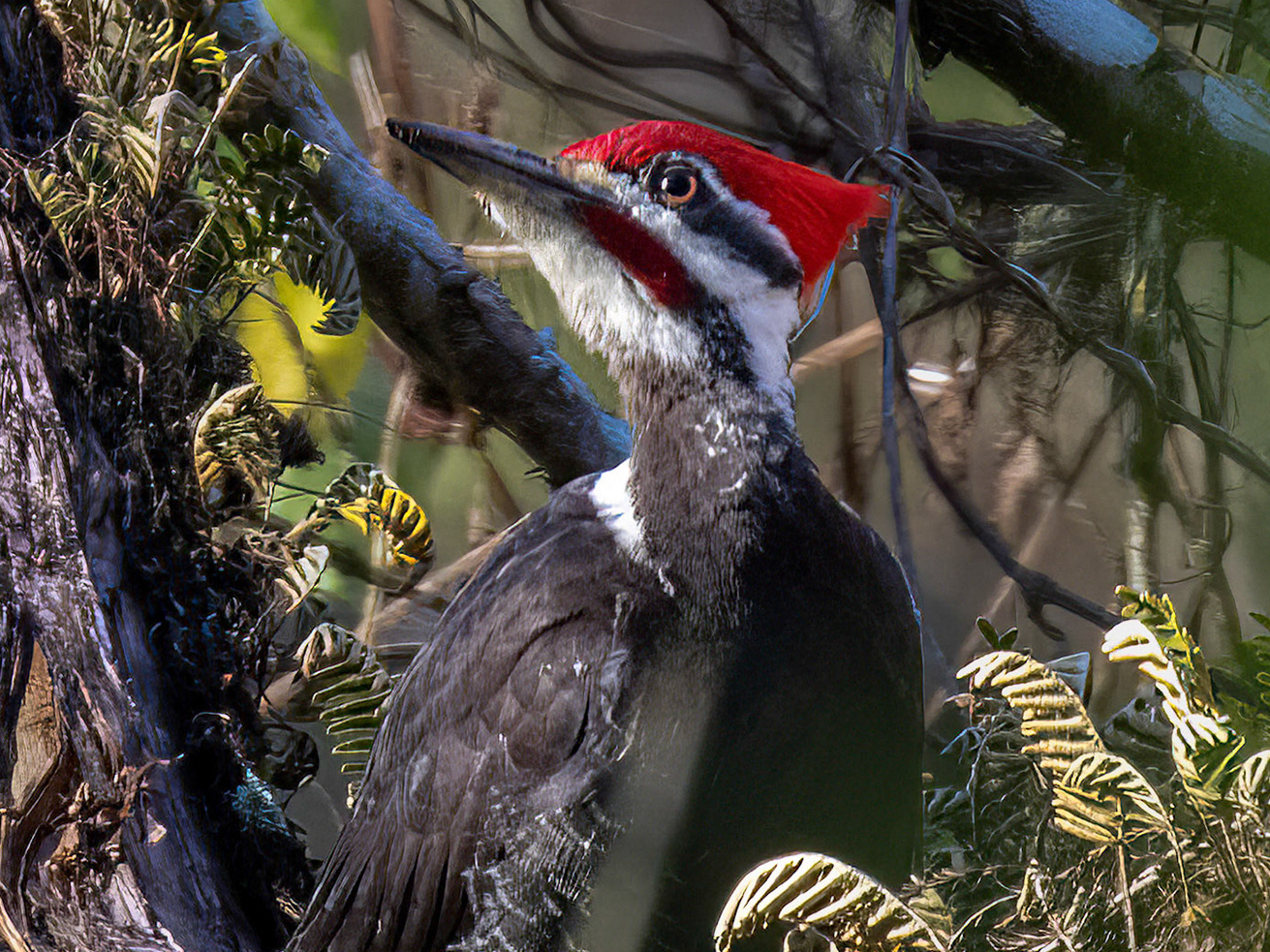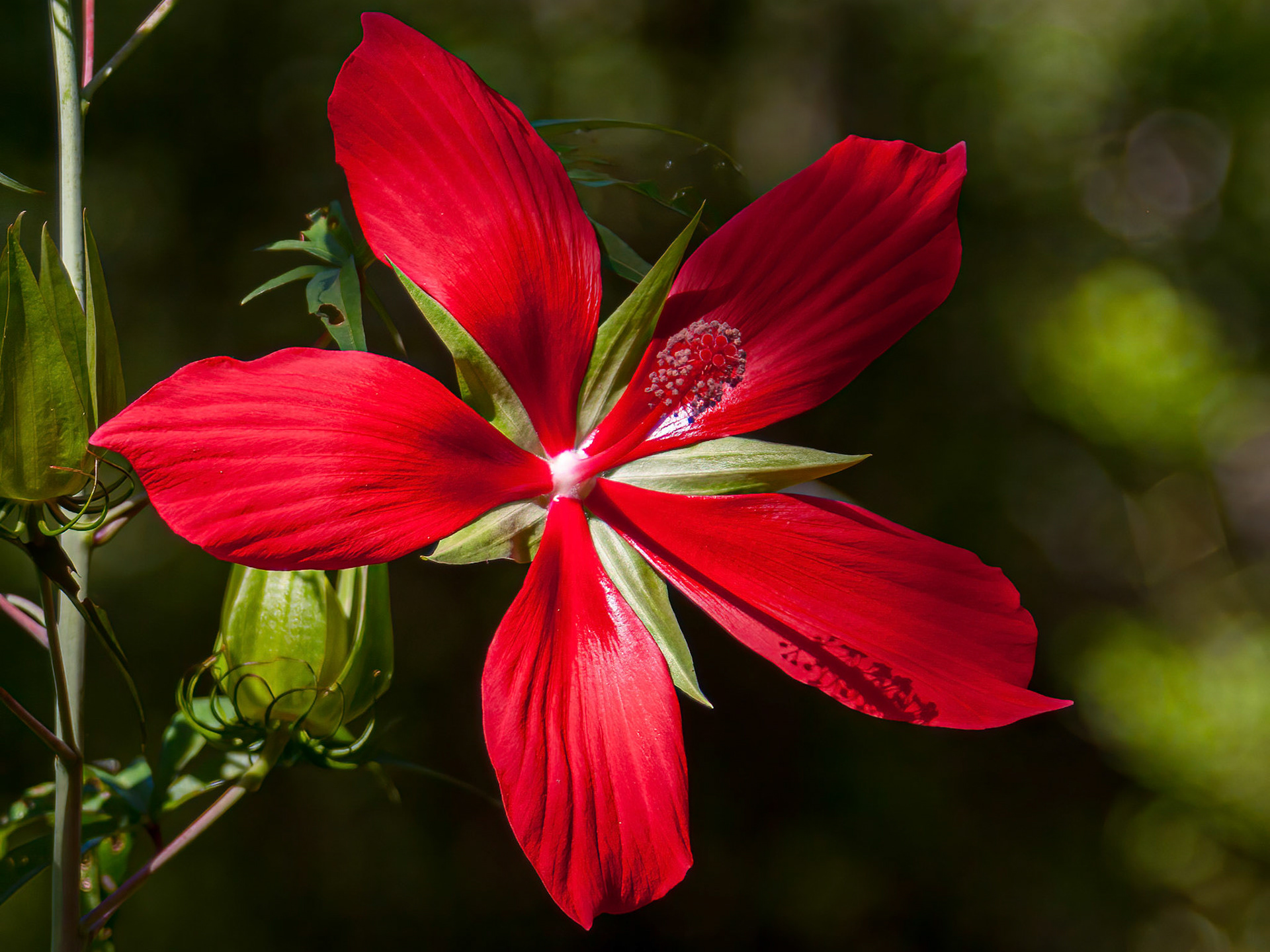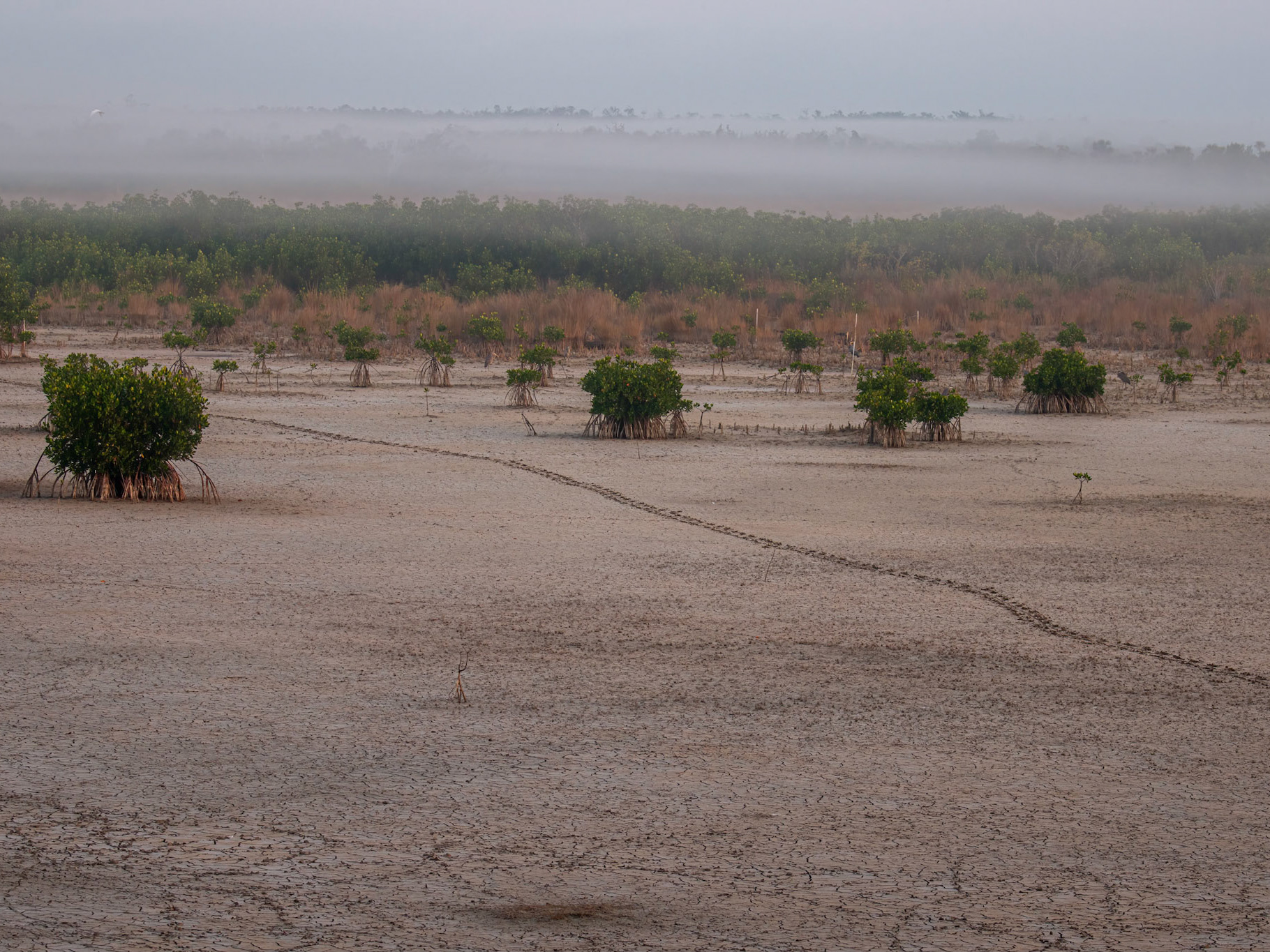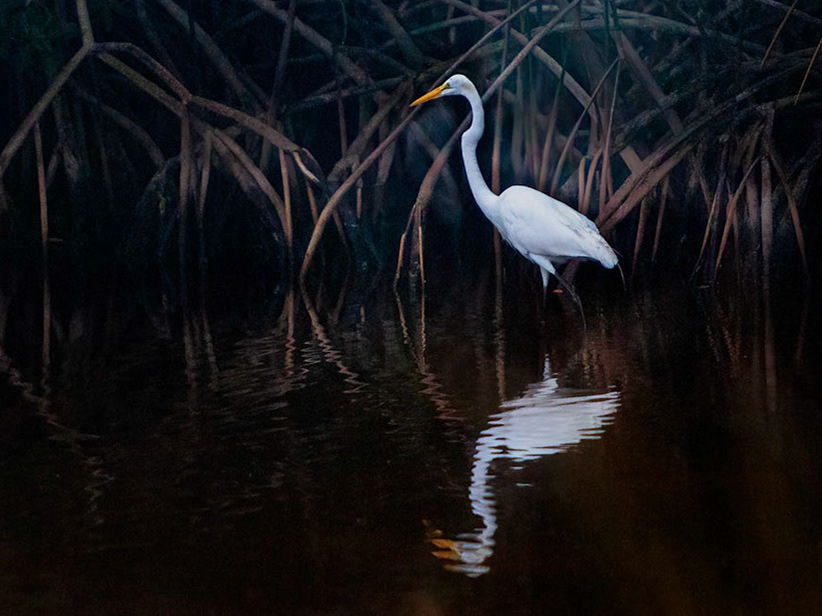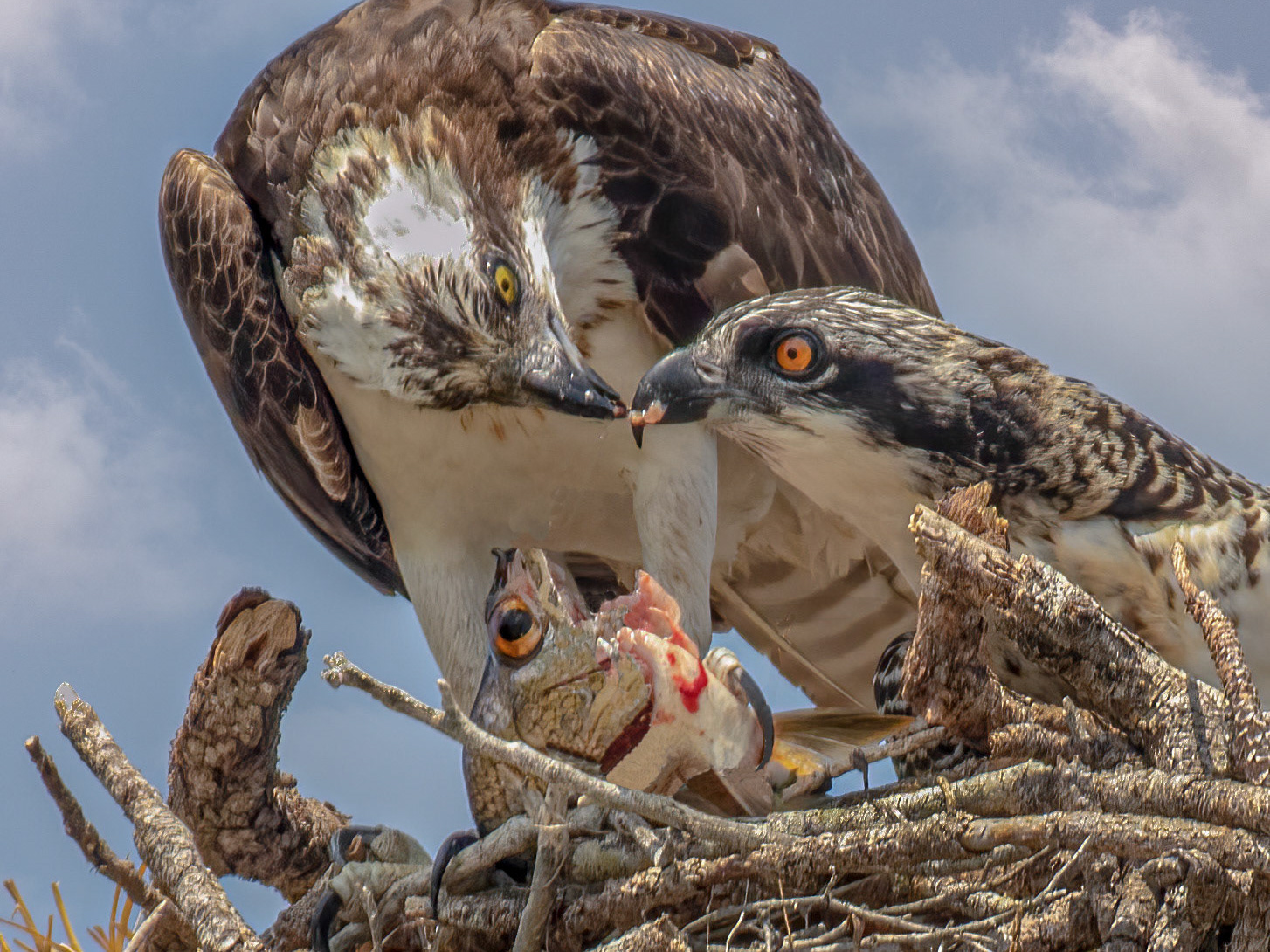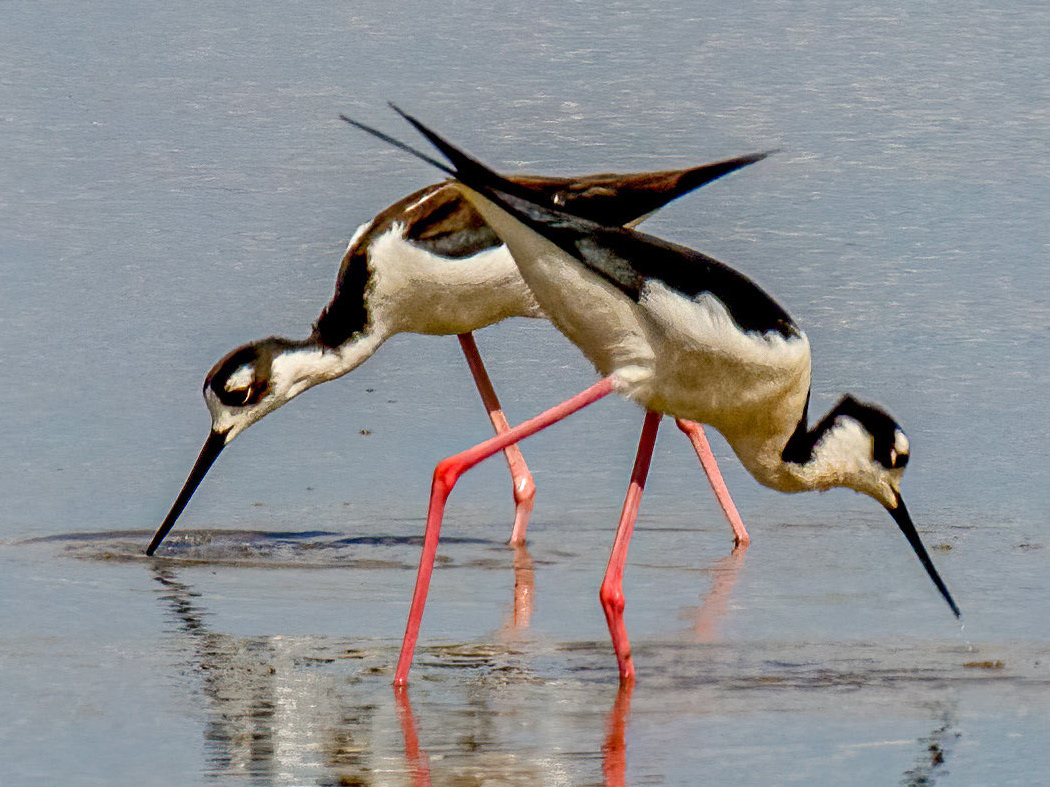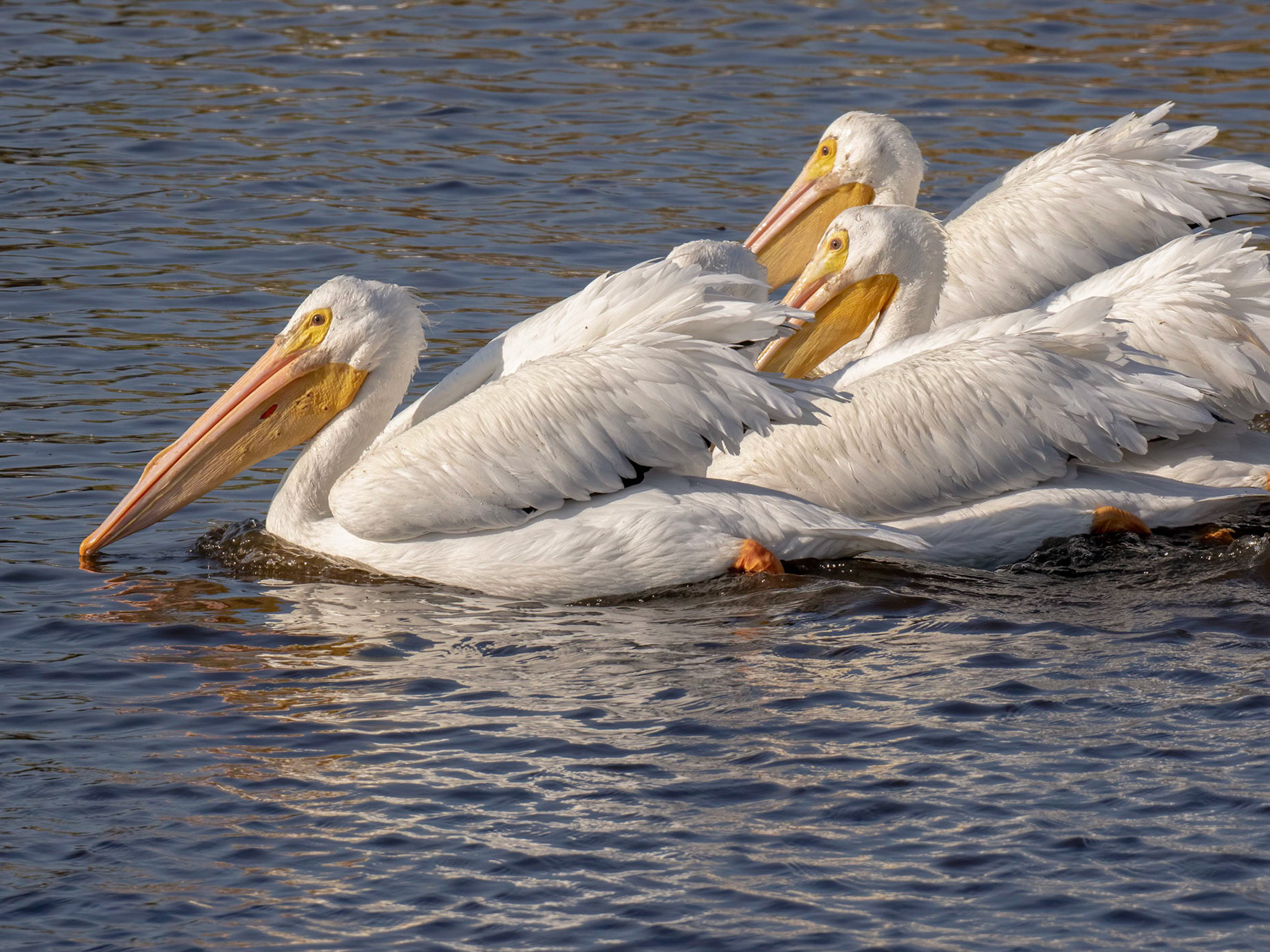
Green Anole

Green Anole

Green Anole

Crested Anole

Brown Anole

Brown Anole

Green Iguana - Invasive Species

Venomous -non-aggressive but bites can be very dangerous to people and pets

Rattlesnakes use their tongue tips to “taste” the air, ground, or water to help locate prey

The snake uses the rattle to warn potential aggressors to back off or to distract prey.

a hollow spot between the eyes and nostrils called a pit is a sensory organ that helps them hunt in darkness by detecting body heat

Florida Cottonmouth

VENOMOUS - Cottonmouth bites can be very dangerous to people and pets.

Florida Banded Water Snake - non-venomous

Glossy Swamp Snake

Non-venemous nor aggressive but will bite to defend themselves

Florida Green Watersnake - non-venomous

Everglades Ratsnake

Non-venemous nor aggressive but will bite to defend themselves

feed on lizards, frogs, rodents, and birds and their eggs

tongue is used to detect prey

Florida Softshell Turtle

Florida Softshell Turtle

feed mainly on fish, insects, crustaceans, frogs, small turtles, & snakes

Gulf Coast Spiny Softshell Turtle

Florida Red-Bellied Cooters

Peninsula Cooters

Peninsula Cooter & a pod of hatchling alligators

Suwannee River Cooter & Alligator

Eastern River Cooter

Cuban Treefrog- Invasive

Cuban Treefrog

Bull Frog & White Water Lilly

Bull Frog & White Water Lilly

Green Treefrog

Green Treefrog

Green Treefrog
